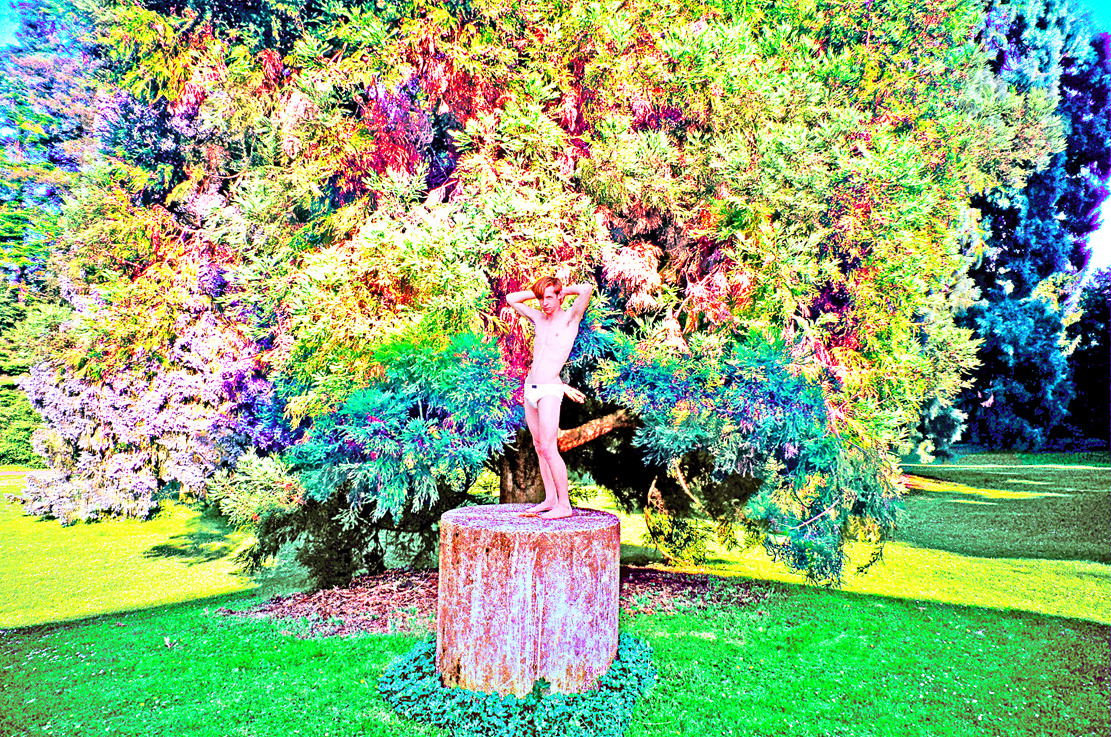
Ako imate poremećaj zbog kojeg svijet vidite u ovakvom hiperkoloru, čestitajte svojim neuronima - pobijedili ste "sivilo" ljudskih-odviše-ljudskih boja.
Pretvaranje svakodnevice u vizualnu queer-apokalipsu.
frankcorrea.tumblr.com
Frank Correa Photographer Interview: Color-Drenched Urban Fantasies
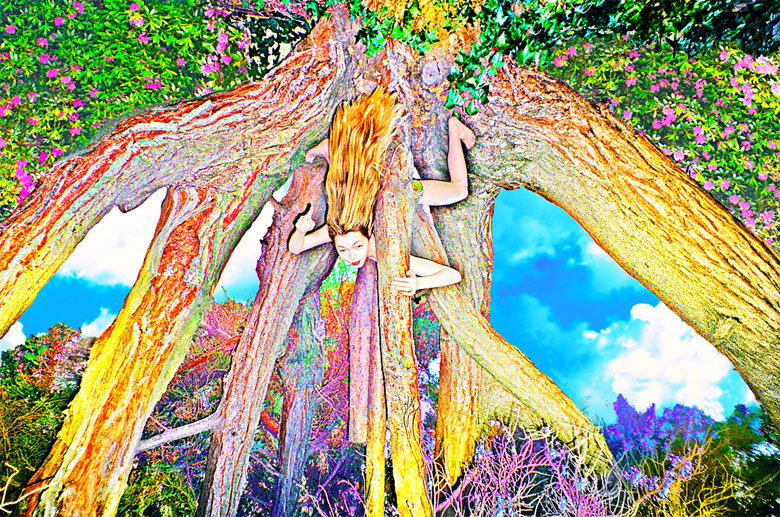
In line with my persistent belief that an
artist’s creative output is reflective of who he or she is as a human
being, I have to admit that I was a little bit nervous to meet Seattle
photographer Frank Correa,
and it’s because of pre-conceived judgments. Correa’s images almost
always feature well-dressed and attractive models that American Apparel
would approve of, often placed in awkward poses that Vice in the early
2000s would definitely approve of. They could easily be considered
“hipster” by any stereotypical or isolated viewing.
With my only hints into his personality being our overly-friendly internet communications and his off-the-wall photographic work, my mind reeled through possible iterations of what Correa might be like. By most accounts, I gathered that he would be fairly friendly – but I must shamefully confess that I was torn on whether or not Correa would be genuine in his artistic pursuit – and considering his extremely definitive style, my sometimes docile self also wondered if he might be bigger-than-life and over-the-top, or pretentious and intimidating.
As I wait outside of Correa’s apartment in Capitol Hill, which he shares with a member of Seattle electro-noise band Crypts, the feeling of nervousness persists. Correa arrives minutes after I do and greets me through the thin cloth of a purple shirt, its attached facemask pulled up past his nose. Mysterious. Inside, though, Correa quickly makes it obvious that he is hiding nothing; he raises the blinds immediately, to shine light upon the impressively sparse and tidy living room, which also serves as a creative workspace. Lining its walls is an analog modular synthesizer rig for his roommate, and for Correa, a desktop and giant TV screen doubling as a computer monitor.
He immediately proves himself a thoughtful host. He offers me Perrier on the rocks almost as soon as I sit down… and as I easily and comfortably settle in, I note to myself that I am a douche. Previous checklist of reservations? Completely off-base and unwarranted. Correa’s animated, yes – and talkative, extremely – but intimidating or over-the-top? No. Genuine? Without a doubt.
With my only hints into his personality being our overly-friendly internet communications and his off-the-wall photographic work, my mind reeled through possible iterations of what Correa might be like. By most accounts, I gathered that he would be fairly friendly – but I must shamefully confess that I was torn on whether or not Correa would be genuine in his artistic pursuit – and considering his extremely definitive style, my sometimes docile self also wondered if he might be bigger-than-life and over-the-top, or pretentious and intimidating.
As I wait outside of Correa’s apartment in Capitol Hill, which he shares with a member of Seattle electro-noise band Crypts, the feeling of nervousness persists. Correa arrives minutes after I do and greets me through the thin cloth of a purple shirt, its attached facemask pulled up past his nose. Mysterious. Inside, though, Correa quickly makes it obvious that he is hiding nothing; he raises the blinds immediately, to shine light upon the impressively sparse and tidy living room, which also serves as a creative workspace. Lining its walls is an analog modular synthesizer rig for his roommate, and for Correa, a desktop and giant TV screen doubling as a computer monitor.
He immediately proves himself a thoughtful host. He offers me Perrier on the rocks almost as soon as I sit down… and as I easily and comfortably settle in, I note to myself that I am a douche. Previous checklist of reservations? Completely off-base and unwarranted. Correa’s animated, yes – and talkative, extremely – but intimidating or over-the-top? No. Genuine? Without a doubt.

Moments into our meeting, Correa begins launching
into intimate stories as though we are destined to be friends. We speak
briefly of his Peruvian upbringing and his birth in Lima, which
undoubtedly influence his general outlook and being, though perhaps
implicitly. At this point in time, Correa is becoming reacquainted with
his heritage as he makes strides to become closer to his artist father
and rekindles interest in ancient Peru. He speaks of his fascination
with Machu Picchu and the likelihood that more people were artists in
the ages before the internet; he recalls shamanic healing methods used
by his grandmother, who raised him. All these certainly tie back in with
Correa’s general interests. Throughout our interview, he speaks
tangentially of astrological patterns, making love to trees, and
accidental experiences with astral projection. He may not be
intimidating, but he’s certainly “out there” by traditional standards —
though that should certainly be the least one would expect from
someone making hypercolored works as diabolically genius, contextually
bizarre, and harnessing of “WTF”-ness as Correa.
“I just kind of go and feel it out – what looks
good, the chemistry, so that everything’s just kind of organic,
spontaneous, in the moment.” – Frank Correa
“Simplemente llego y me guio por lo que siento – que es lo que se ve bien, la química, de esta manera todo es simplemente así como orgánico, espontáneo, de ese momento.” – Frank Correa
Prior to meeting him, I’d heard an
anecdote through the grapevine about Correa’s process which seemed the
makings of legend. He had recently been hired to shoot photos for the
psychedelic band Midday Veil,
and though he took his time in composing the image, he only took one
shot when it came time to click the shutter. Improbable as it seems,
this is apparently a common practice for Correa, who rarely has anything
planned beforehand.
“I just kind of go and feel it out – what looks good, the chemistry, so that everything’s just kind of organic, spontaneous, in the moment,” he explains.
The brunt of the work, then, lies in the aftermath of the initial shot.
“What takes the most time is editing, post-editing. That’s when I’m like, alright, it’s a whole new thing. It has nothing to do with photo shoot day, because what happens there then is just the backbone to what will happen,” he says. “With the rest, I fill up and add on and paint it and make it the way I want it. A lot of times, I never know what it’s going to look like until I get my film back, and then I work on it.”
“I just kind of go and feel it out – what looks good, the chemistry, so that everything’s just kind of organic, spontaneous, in the moment,” he explains.
The brunt of the work, then, lies in the aftermath of the initial shot.
“What takes the most time is editing, post-editing. That’s when I’m like, alright, it’s a whole new thing. It has nothing to do with photo shoot day, because what happens there then is just the backbone to what will happen,” he says. “With the rest, I fill up and add on and paint it and make it the way I want it. A lot of times, I never know what it’s going to look like until I get my film back, and then I work on it.”




Correa shoots using an array of crappy
‘90s film cameras that are constantly being swapped out for “new” but
equally crappy ones. These tools seem chosen not in a calculated
Polaroid hipness kind of way, but in a “this works just fine”,
tried-and-true kind of way. A bit of chance also brought the medium to
his attention.
“I actually started with digital – but I didn’t like the idea of taking all of these photos and breaking your head with which one you like better. And I didn’t like the look of it [back then]… One time, the camera kind of started fucking up, and luckily, I had a disposable camera,” recalls Correa.
Those circumstances led him to the discovery that he liked the look of film better than digital; and with affordable film processing at Walgreen’s, disposable cameras proved themselves to be a cheap and efficient tools.
“I could just get three and snap around, whatever… I liked the process and how easy it was,” he shares.
Correa opens up Photoshop to give me a sneak peak into the barebones components of his process – something he assures me he almost never shows to anyone. I am instantly amazed by the extent to which the original differs from the final product. The initial photo is hardly fancy or flattering at all; it is merely the canvas for more robust work of the imagination. Correa’s photos are also digital collages manipulated to the nth degree, into which he mixes an array of supplementary images. He shoots photos on his iPhone, pulls stock photography off the internet, and scans images from books and magazines – whatever is necessary to create his off-kilter worlds of fantasy.
But what is most immediately gripping about Correa’s work, and most vital to his embrace of the digital medium, is his bold use of colors. Bright neons manipulate and deform pixels, sharpen edges in uncanny ways, and add fascinating degrees of hardness into a world of soft humans. Nonetheless, it is ultimately the humans – adventurous ones who are willing to serve in Correa’s world – that really makes the pieces pop.
“I guess I’m lucky, because I have friends that are just down… people, friends, who are willing to do anything,” explains Correa.
“I actually started with digital – but I didn’t like the idea of taking all of these photos and breaking your head with which one you like better. And I didn’t like the look of it [back then]… One time, the camera kind of started fucking up, and luckily, I had a disposable camera,” recalls Correa.
Those circumstances led him to the discovery that he liked the look of film better than digital; and with affordable film processing at Walgreen’s, disposable cameras proved themselves to be a cheap and efficient tools.
“I could just get three and snap around, whatever… I liked the process and how easy it was,” he shares.
Correa opens up Photoshop to give me a sneak peak into the barebones components of his process – something he assures me he almost never shows to anyone. I am instantly amazed by the extent to which the original differs from the final product. The initial photo is hardly fancy or flattering at all; it is merely the canvas for more robust work of the imagination. Correa’s photos are also digital collages manipulated to the nth degree, into which he mixes an array of supplementary images. He shoots photos on his iPhone, pulls stock photography off the internet, and scans images from books and magazines – whatever is necessary to create his off-kilter worlds of fantasy.
But what is most immediately gripping about Correa’s work, and most vital to his embrace of the digital medium, is his bold use of colors. Bright neons manipulate and deform pixels, sharpen edges in uncanny ways, and add fascinating degrees of hardness into a world of soft humans. Nonetheless, it is ultimately the humans – adventurous ones who are willing to serve in Correa’s world – that really makes the pieces pop.
“I guess I’m lucky, because I have friends that are just down… people, friends, who are willing to do anything,” explains Correa.
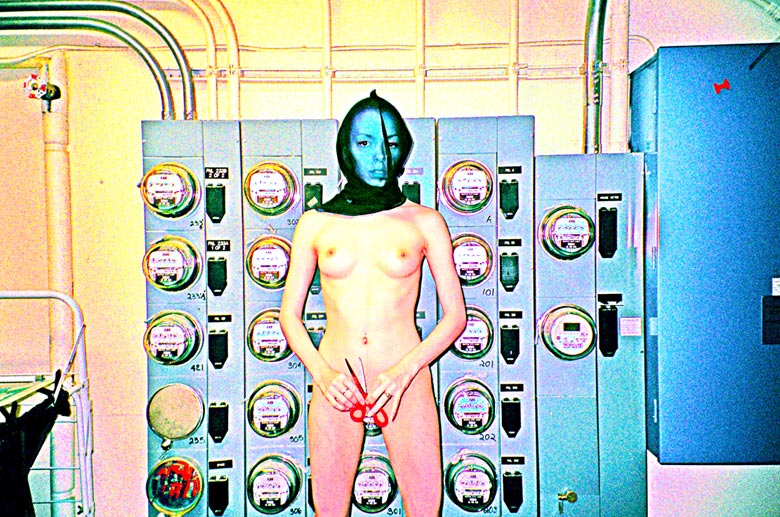
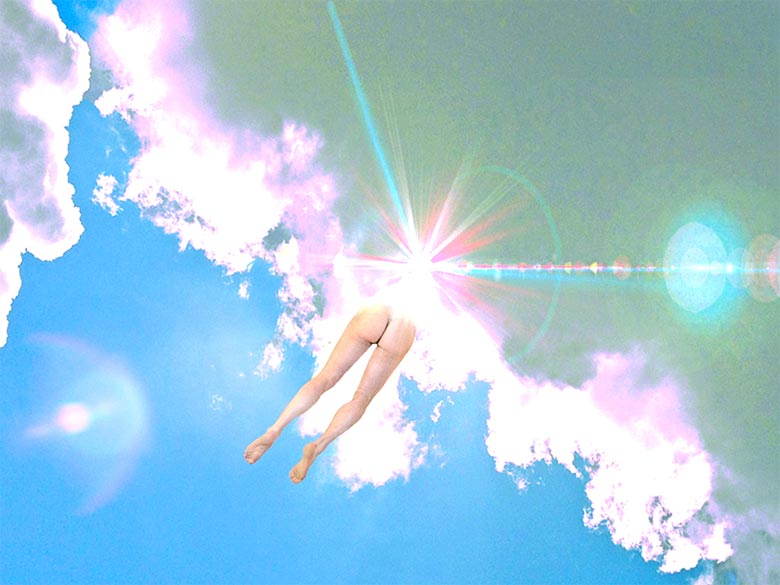
“I want more emotion. I want to make it more cinematographic, if that even applies on this. Just more feeling.” - Frank Correa
This willingness to be a part of the art
extends to nudity in large but tasteful degree, as well as poses and
positions that create striking visual forms. Correa’s models are like
dancers caught in still frames, as they tumble in upside-down and
contorted positions, hold still in yogic forms, and seem to be suspended
in various stages of animation. Very little of it is what you would
find in traditional portraiture.
“[The poses] just kind of come to me, but I always tell myself as I get my photos back at this point that I feel like I want to start telling people to give me more drama and not just stand there in a pose. I want more emotion,” he explains. “I want to make it more cinematographic, if that even applies on this. Just more feeling.”
Correa’s photography is getting more and more attention, and he is becoming known for his definitive style – but he wants to push himself to do different things. He fantasizes about doing underwater shots, or even traversing the world of skydiving if it would yield a worthwhile photographic result. In the meantime, he is working on a new series of work that will come with a whole new style.
“I am in a weird stage [right now] because people know me for what they’ve seen, but there’s actually so much that hasn’t been out yet that I’m actually working on and am excited about,” Correa explains. He parallels the slow process of showing his work to that of recording music. “You record a rock song, and it doesn’t come out until a year later after it’s gone through all this shit, and it’s kind of annoying, because I’m already over this, but it hasn’t seen the light of day yet.”
To the outside and casual observer, it may be difficult to tell what has changed in Correa’s new series of works, for they still adhere to many of the same basic color palettes and conceptual principles as before. It is only when the new and the old are compared side-by-side that one begins to see the increased focus on composition and more challenging use of angles and forms in the new batch. But what is even more important than visual clues is Correa’s evolution in understanding and accepting his own vision. As he sounds off about his recent revelations and philosophical changes, I come back to square one of our meeting, for his defenses are down, and it is striking how earnest and particular he is about his goals.
“Now, I know what [my photos] are rather than, ‘I don’t know what I’m doing; I’m just doing what looks good.’ I know what I want,” Correa says, of his past year of growth. “I’ve always been producing, exercising, and I feel like I went through my exercise phase – but [now]… I feel like people recognize it more and I spend more time, more care, more love. They’re like my babies. Before it was all fun and games, whatever, photo shoots. But now I’m serious, in the best way.”
“[The poses] just kind of come to me, but I always tell myself as I get my photos back at this point that I feel like I want to start telling people to give me more drama and not just stand there in a pose. I want more emotion,” he explains. “I want to make it more cinematographic, if that even applies on this. Just more feeling.”
Correa’s photography is getting more and more attention, and he is becoming known for his definitive style – but he wants to push himself to do different things. He fantasizes about doing underwater shots, or even traversing the world of skydiving if it would yield a worthwhile photographic result. In the meantime, he is working on a new series of work that will come with a whole new style.
“I am in a weird stage [right now] because people know me for what they’ve seen, but there’s actually so much that hasn’t been out yet that I’m actually working on and am excited about,” Correa explains. He parallels the slow process of showing his work to that of recording music. “You record a rock song, and it doesn’t come out until a year later after it’s gone through all this shit, and it’s kind of annoying, because I’m already over this, but it hasn’t seen the light of day yet.”
To the outside and casual observer, it may be difficult to tell what has changed in Correa’s new series of works, for they still adhere to many of the same basic color palettes and conceptual principles as before. It is only when the new and the old are compared side-by-side that one begins to see the increased focus on composition and more challenging use of angles and forms in the new batch. But what is even more important than visual clues is Correa’s evolution in understanding and accepting his own vision. As he sounds off about his recent revelations and philosophical changes, I come back to square one of our meeting, for his defenses are down, and it is striking how earnest and particular he is about his goals.
“Now, I know what [my photos] are rather than, ‘I don’t know what I’m doing; I’m just doing what looks good.’ I know what I want,” Correa says, of his past year of growth. “I’ve always been producing, exercising, and I feel like I went through my exercise phase – but [now]… I feel like people recognize it more and I spend more time, more care, more love. They’re like my babies. Before it was all fun and games, whatever, photo shoots. But now I’m serious, in the best way.”


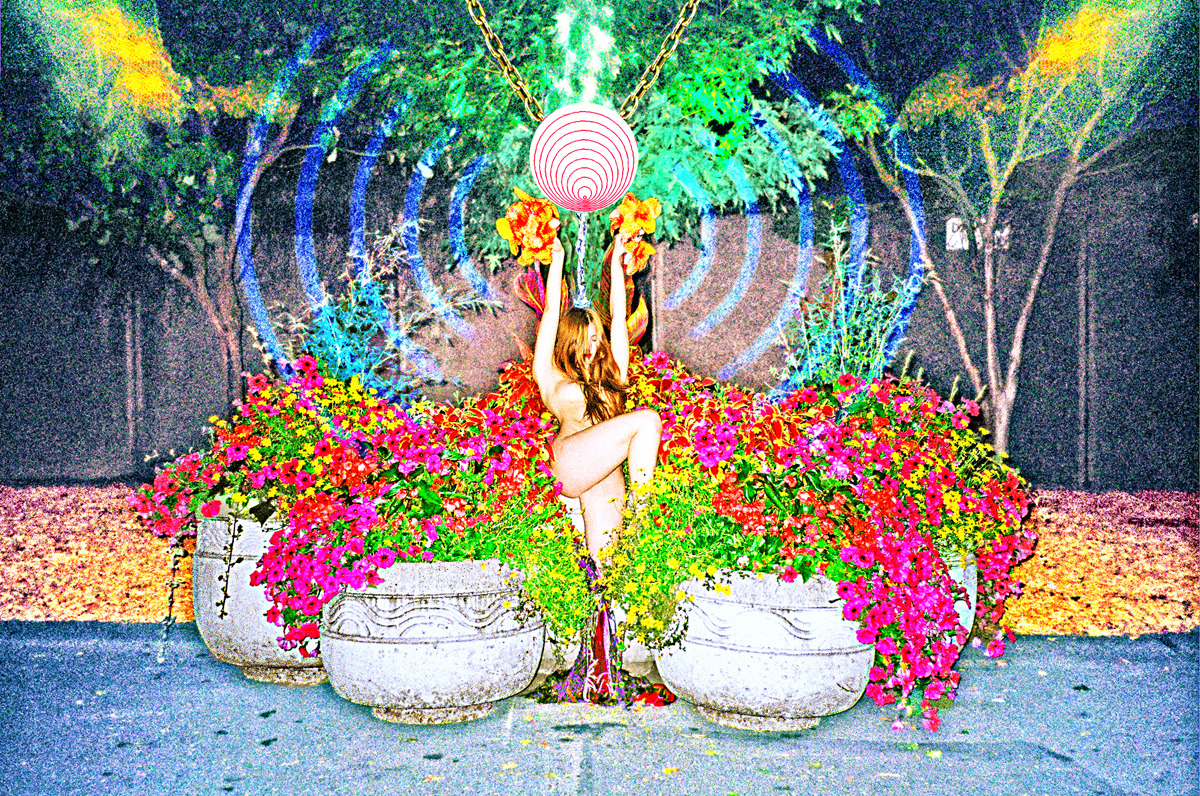
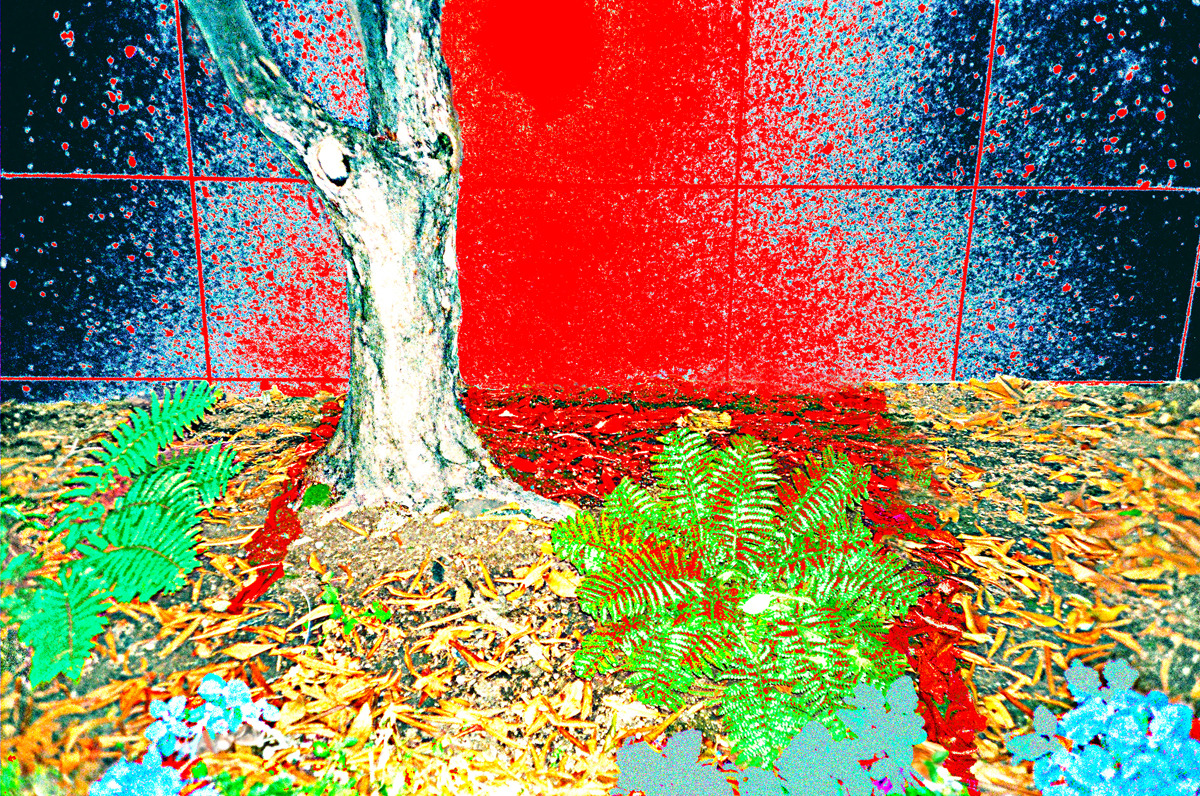
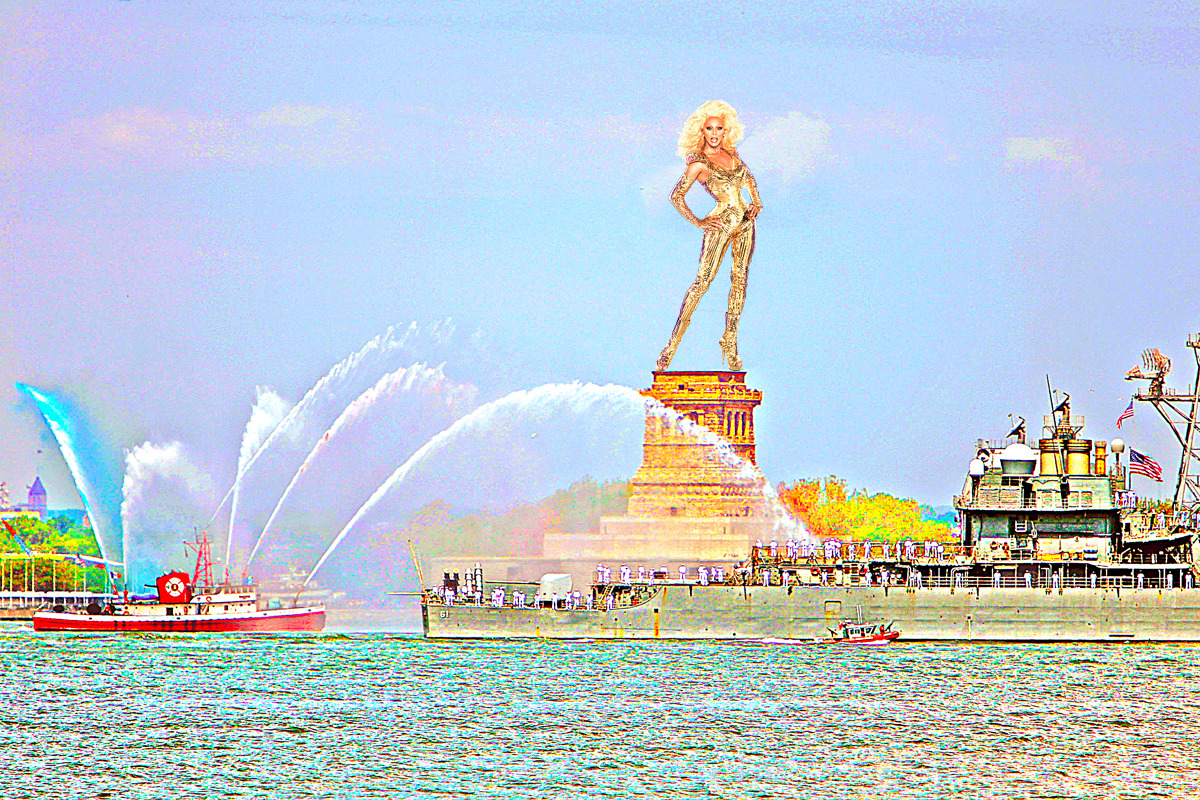
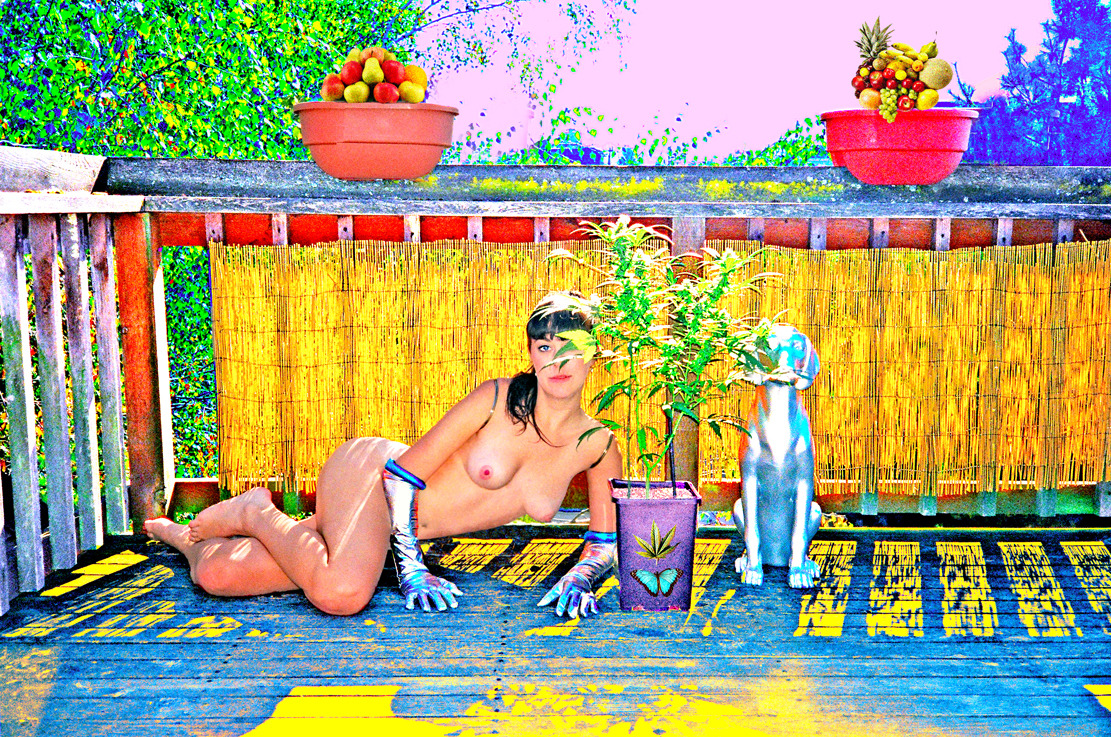
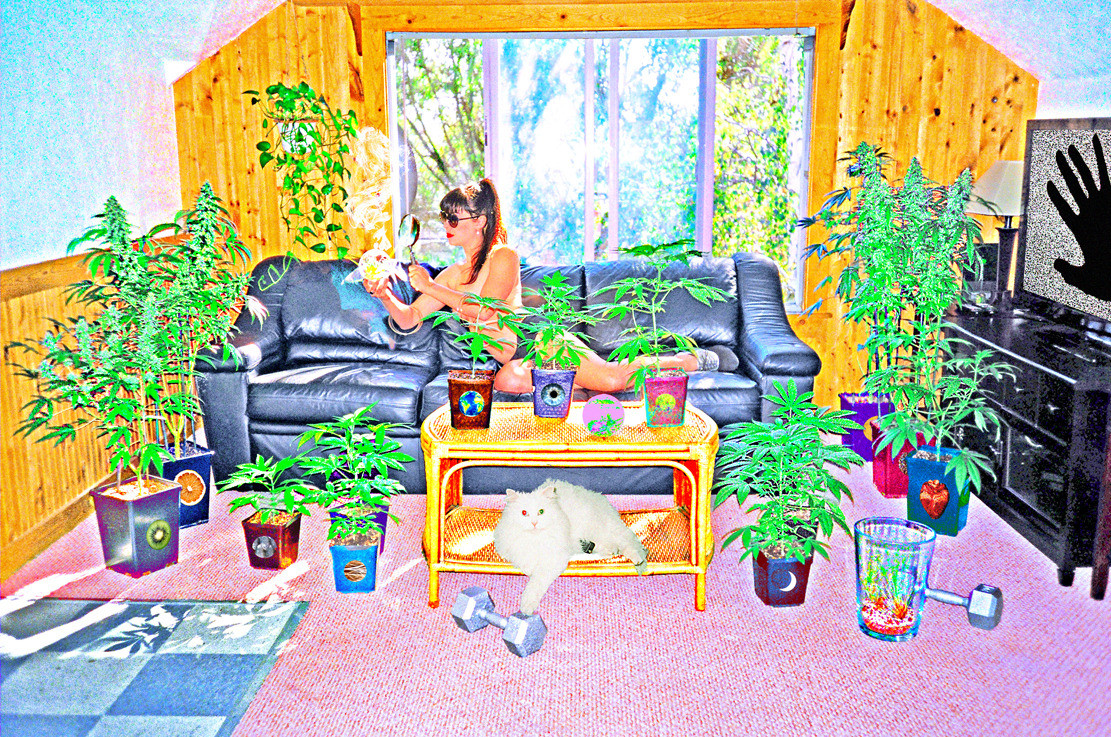
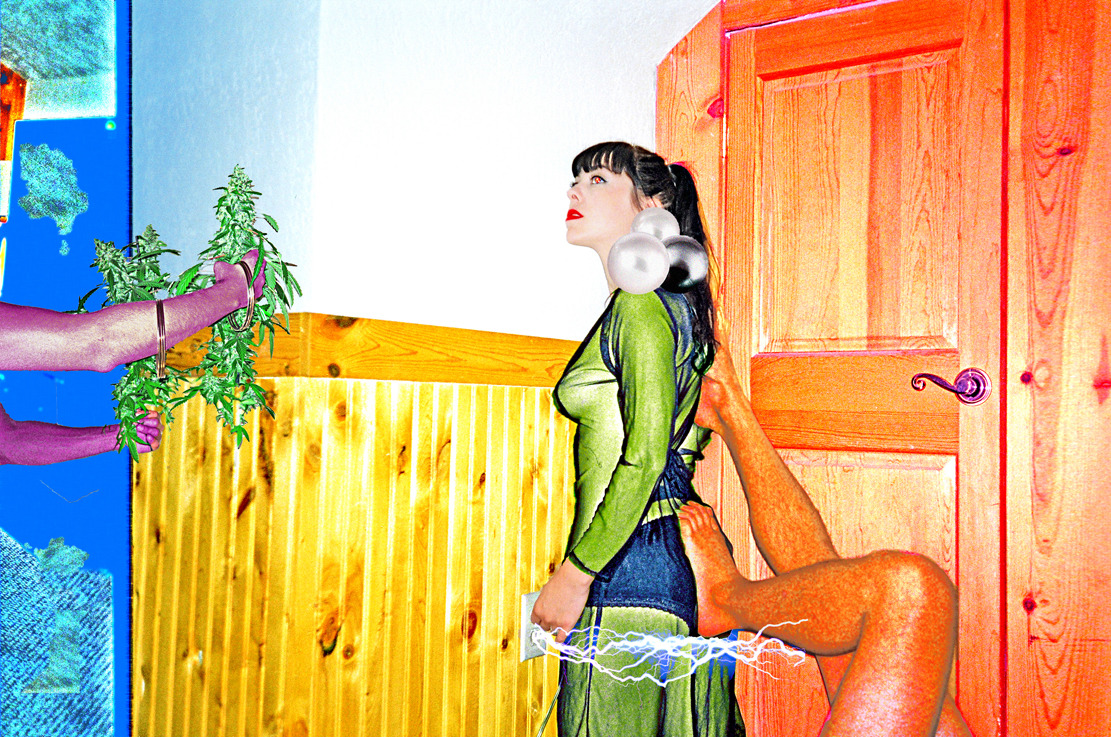
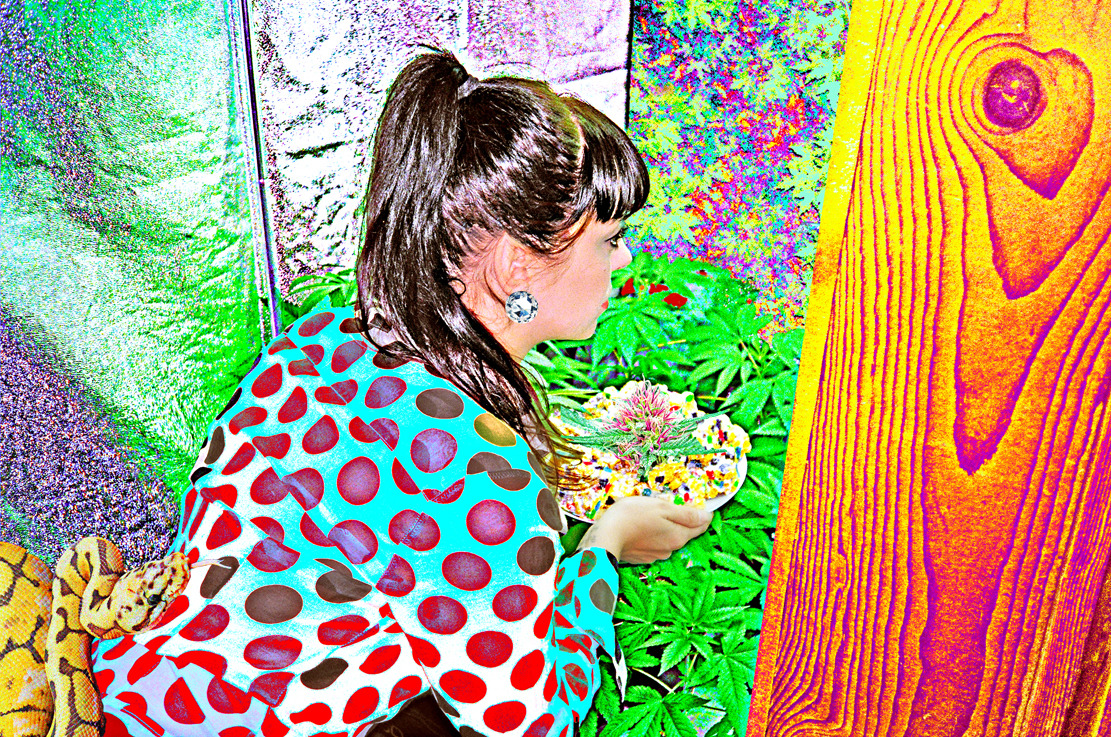
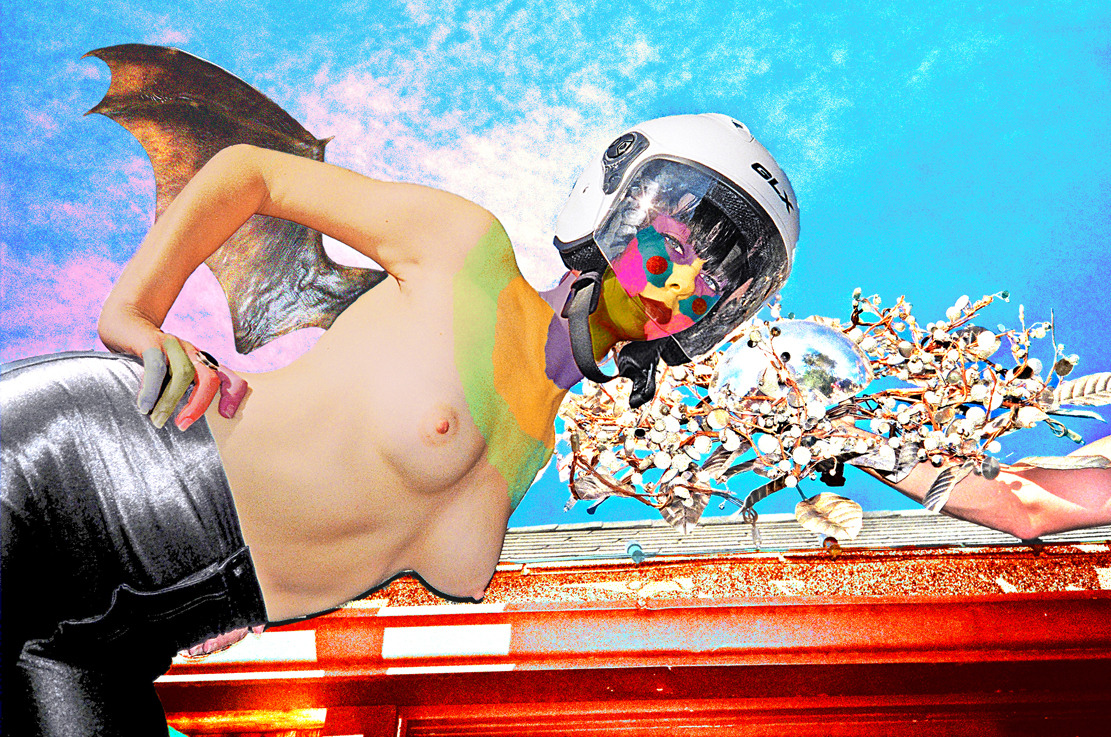
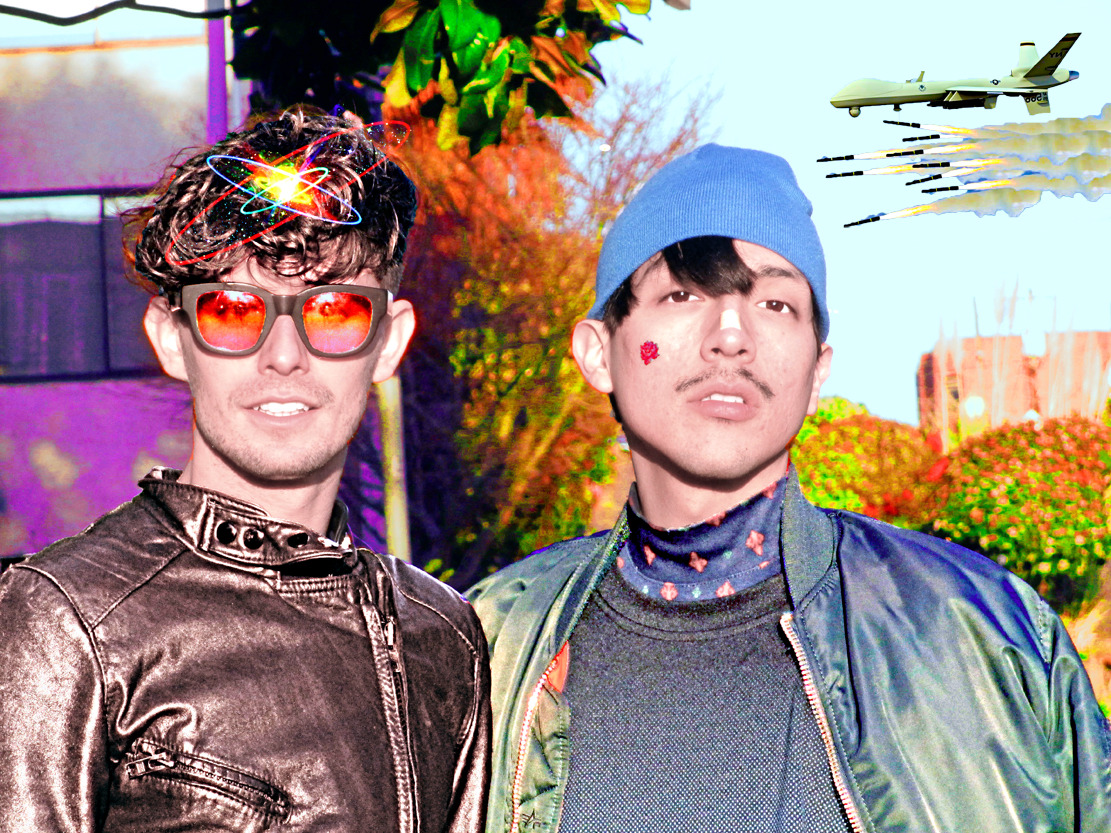
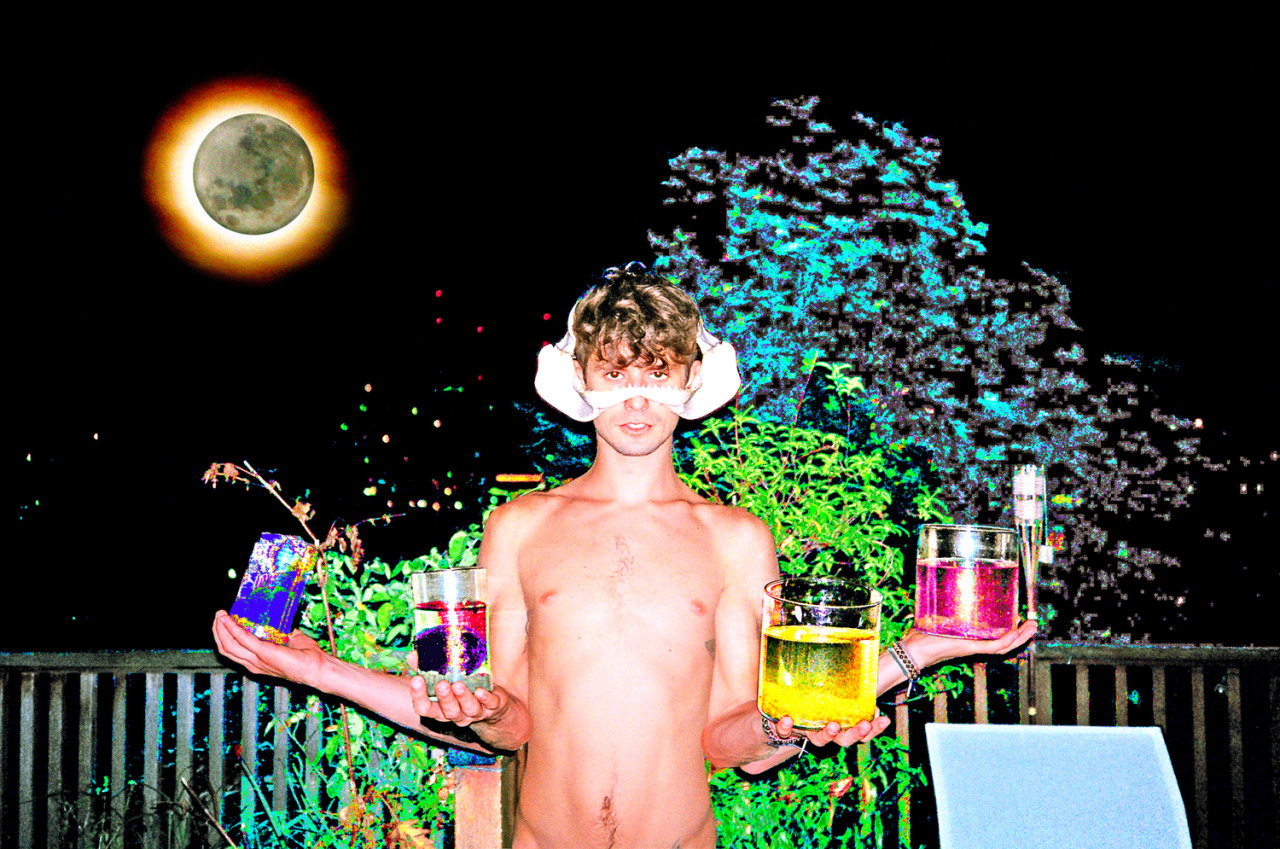
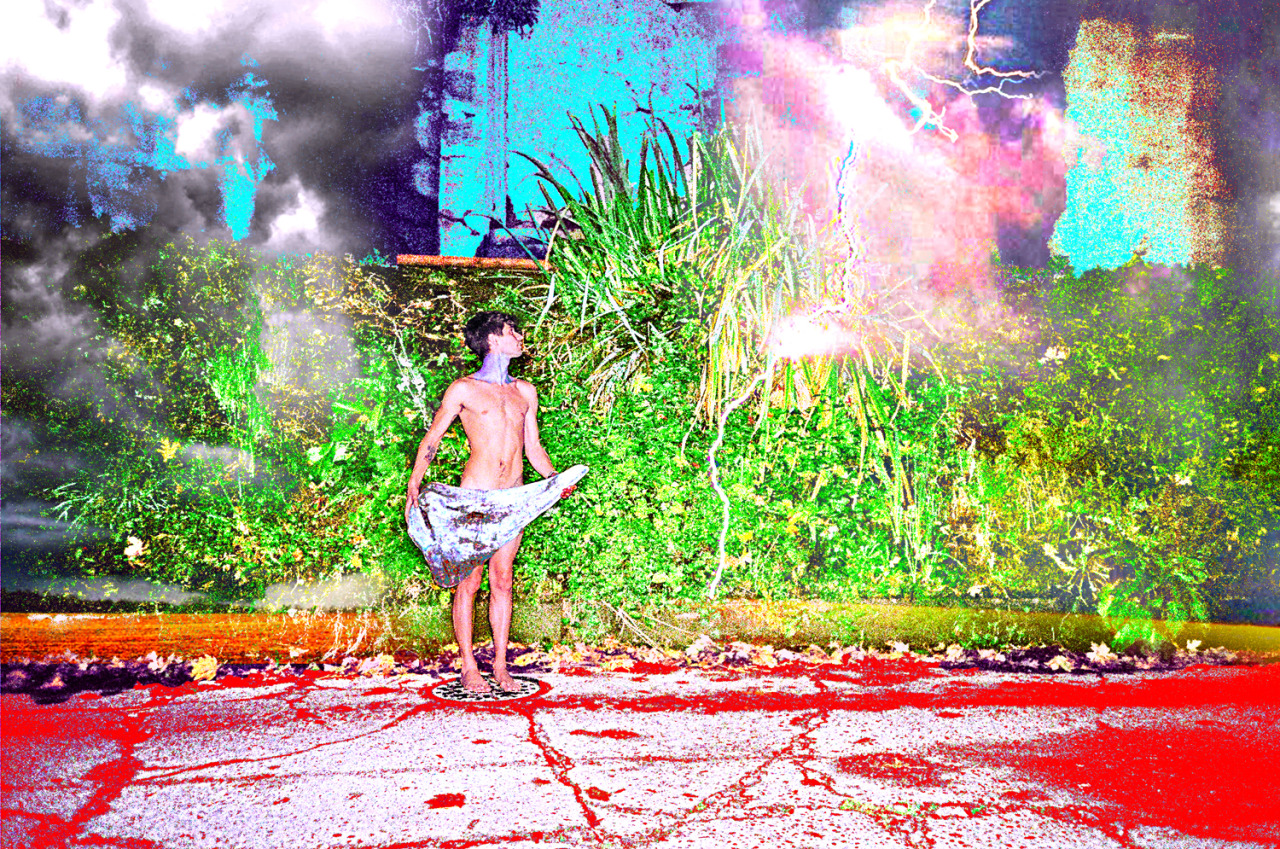
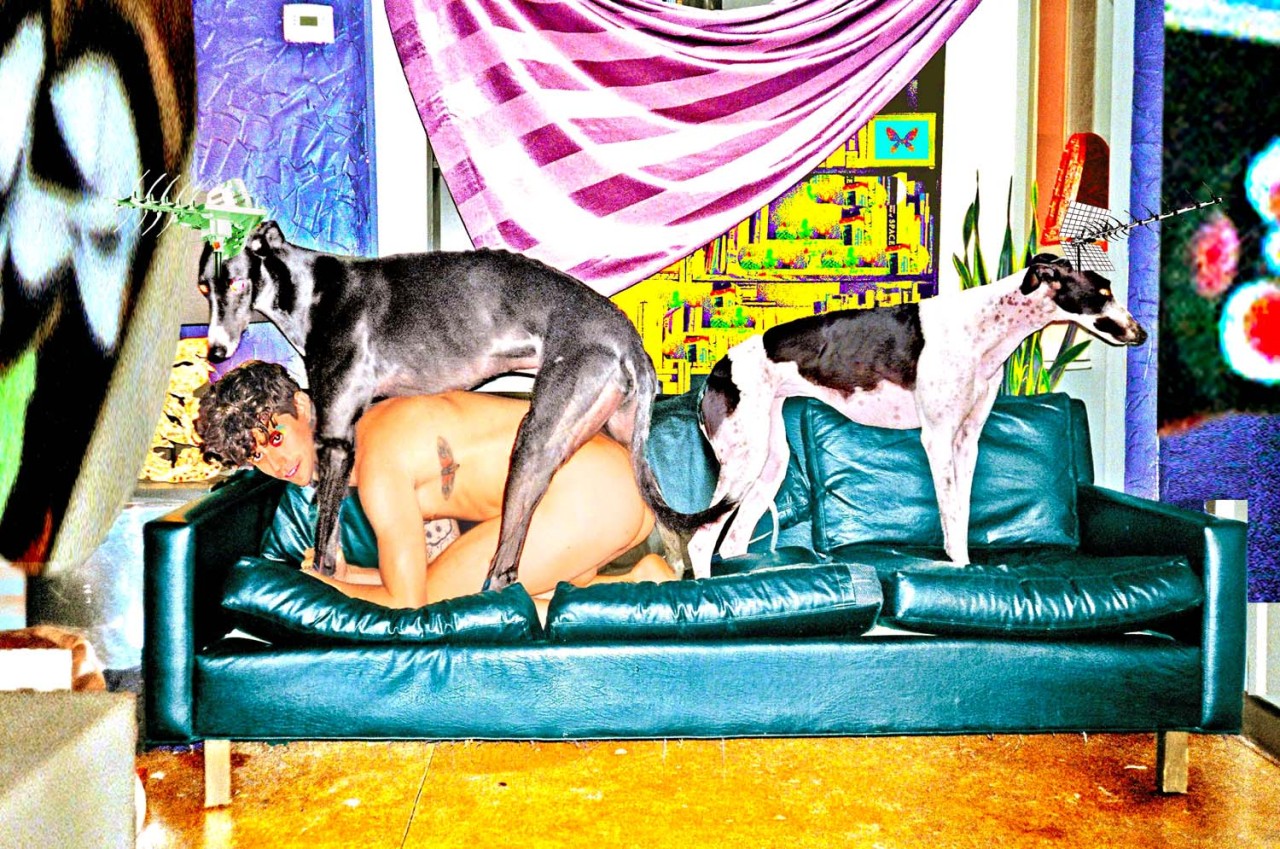
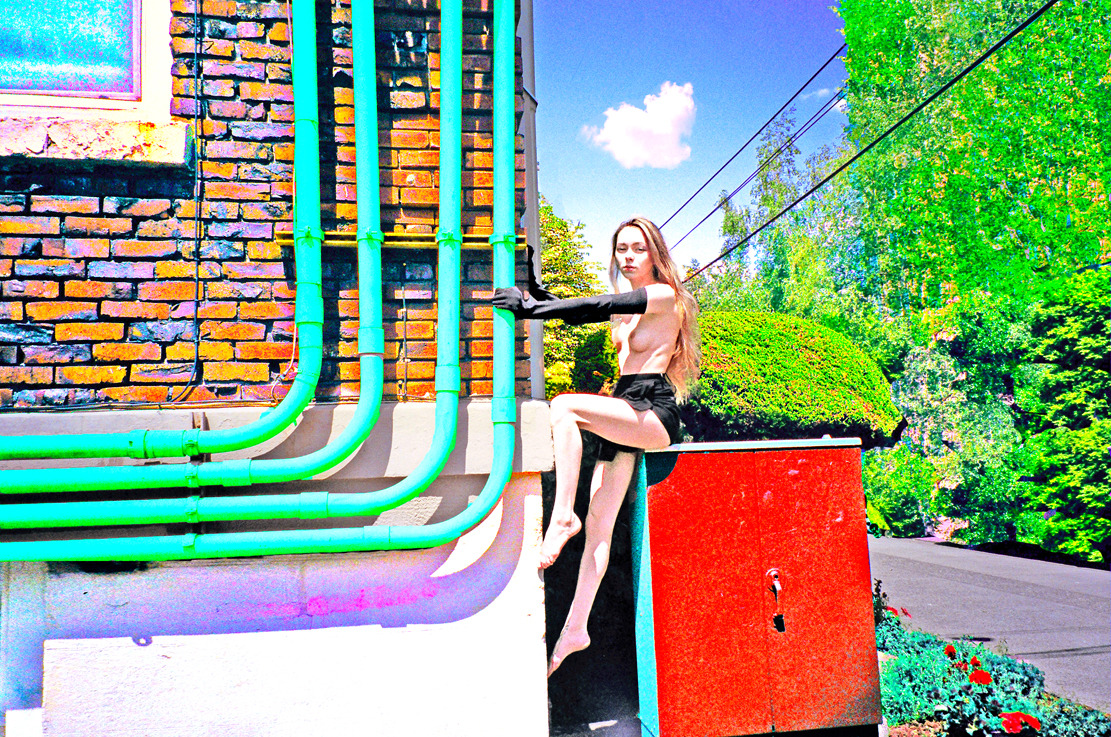
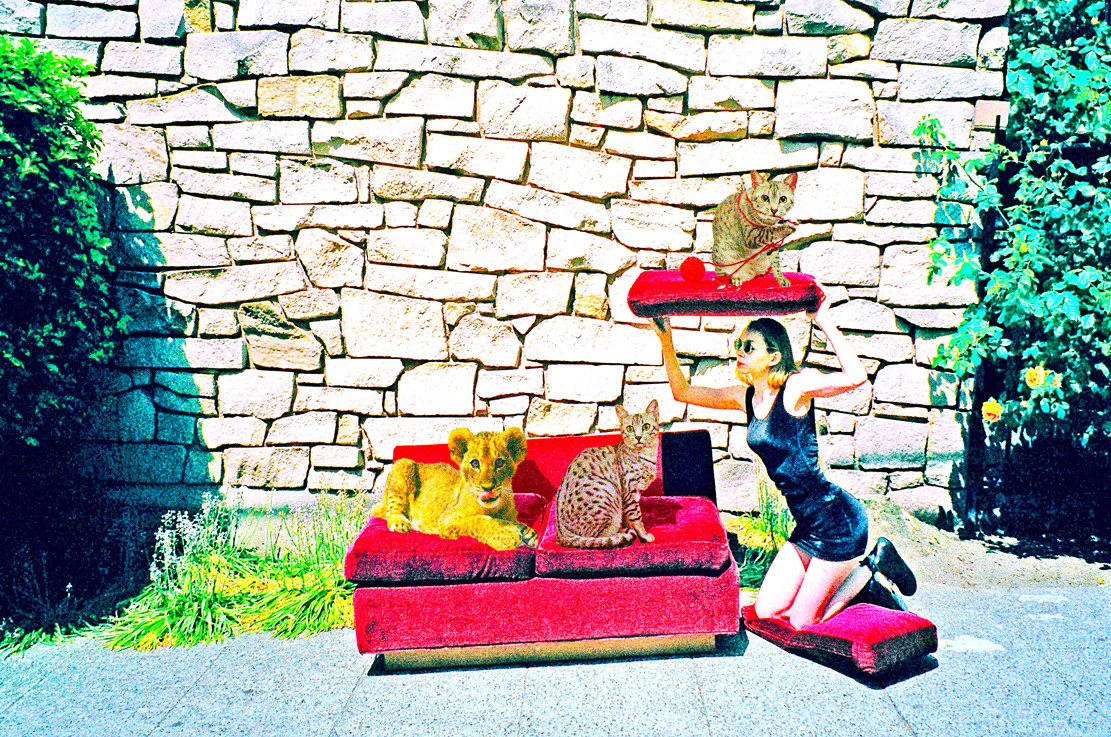
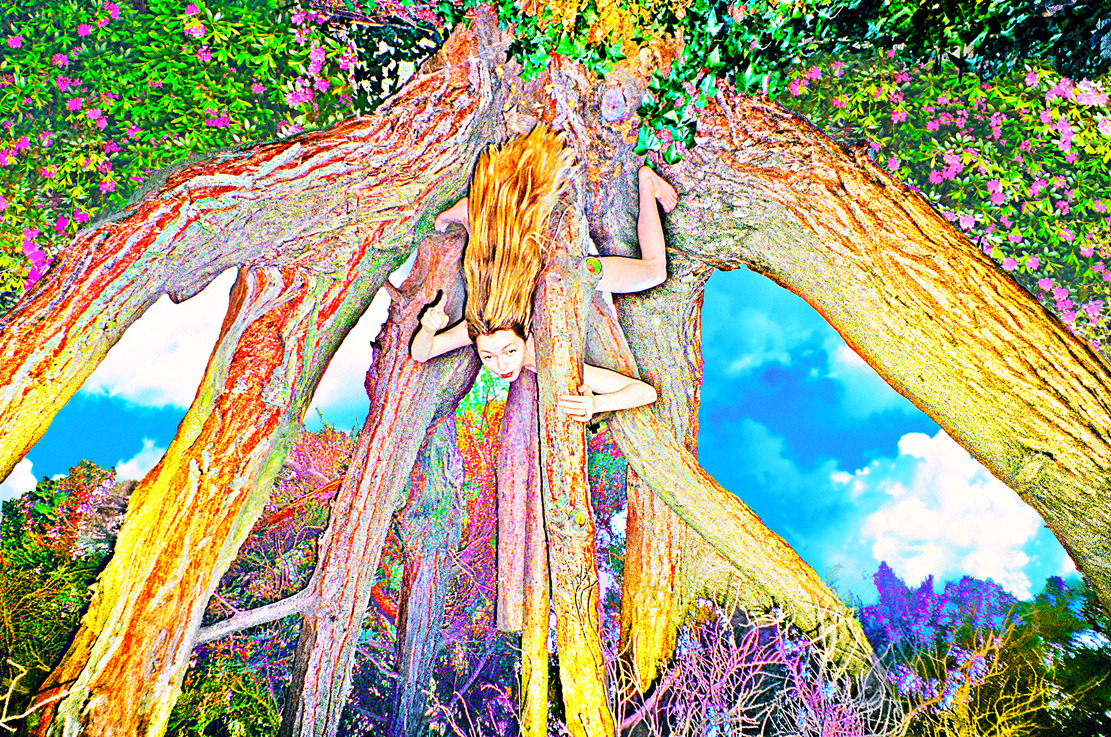
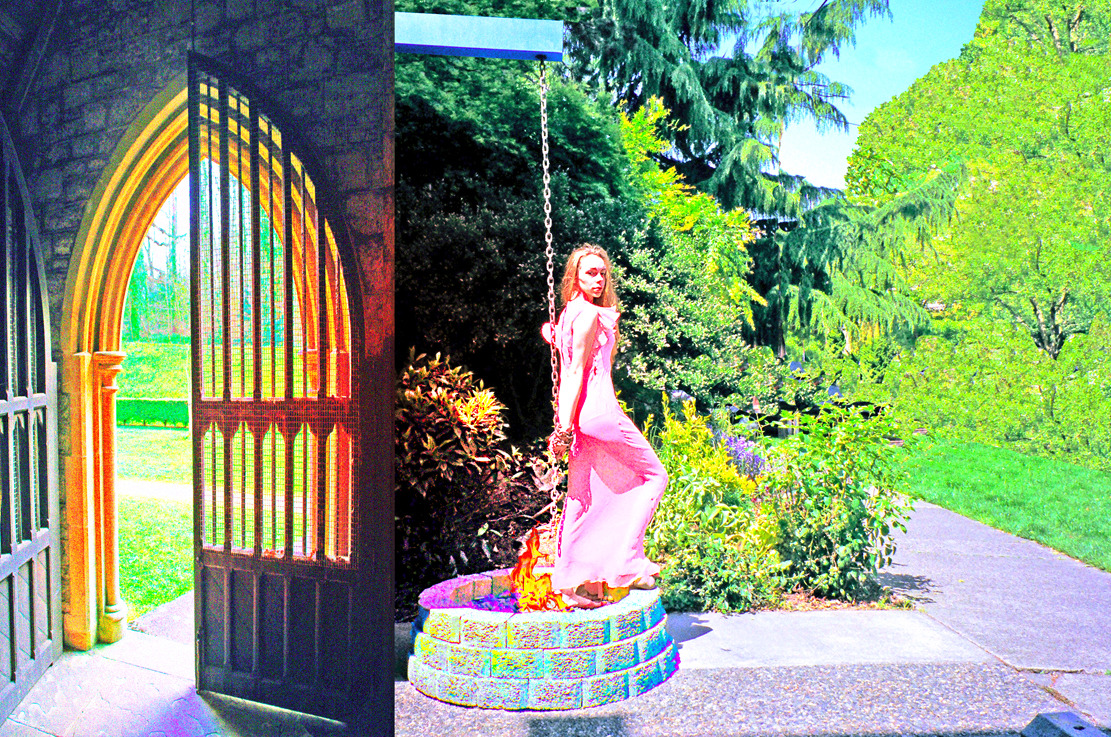
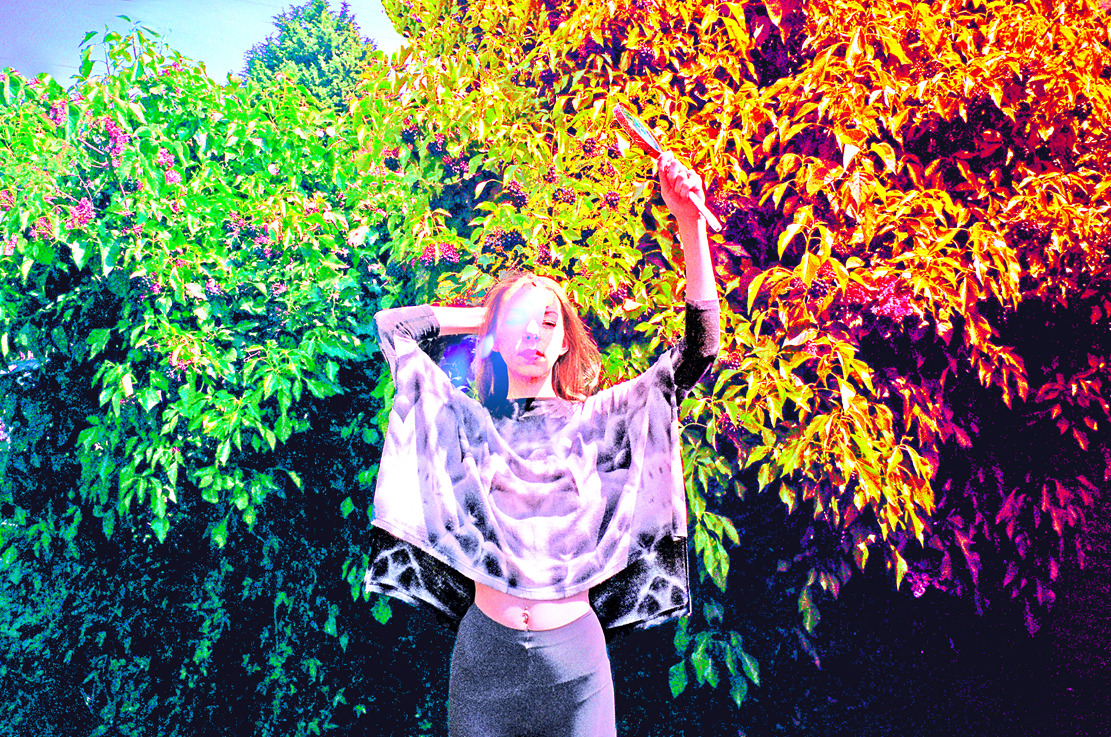
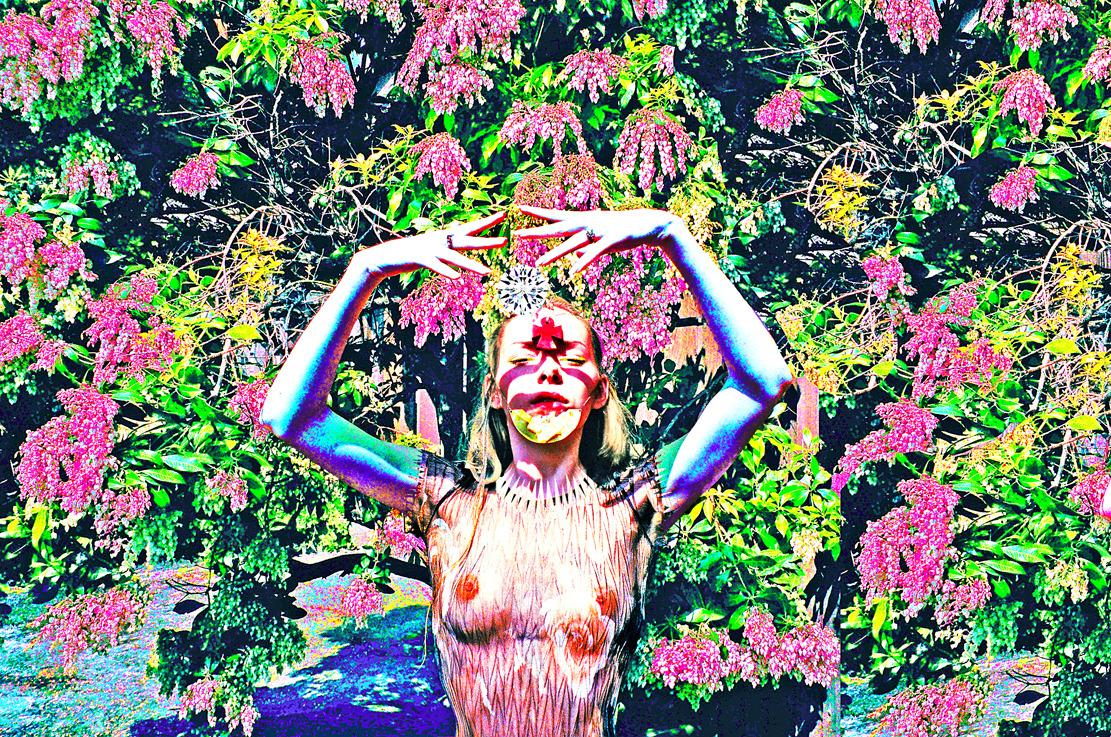
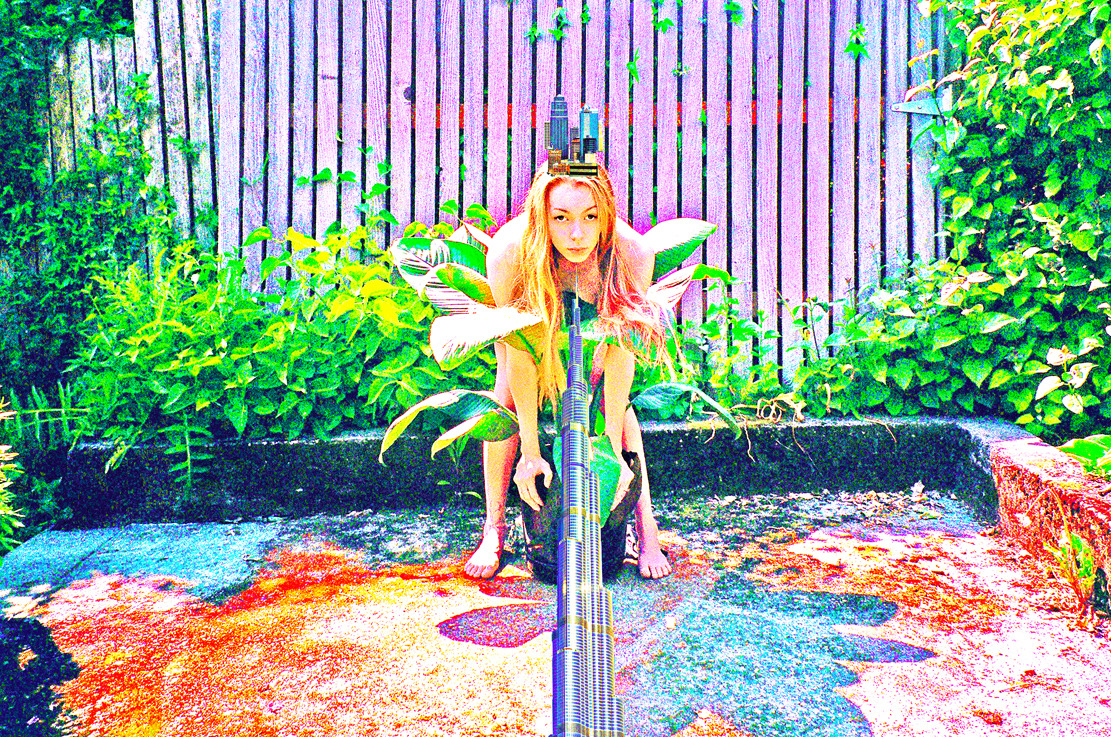
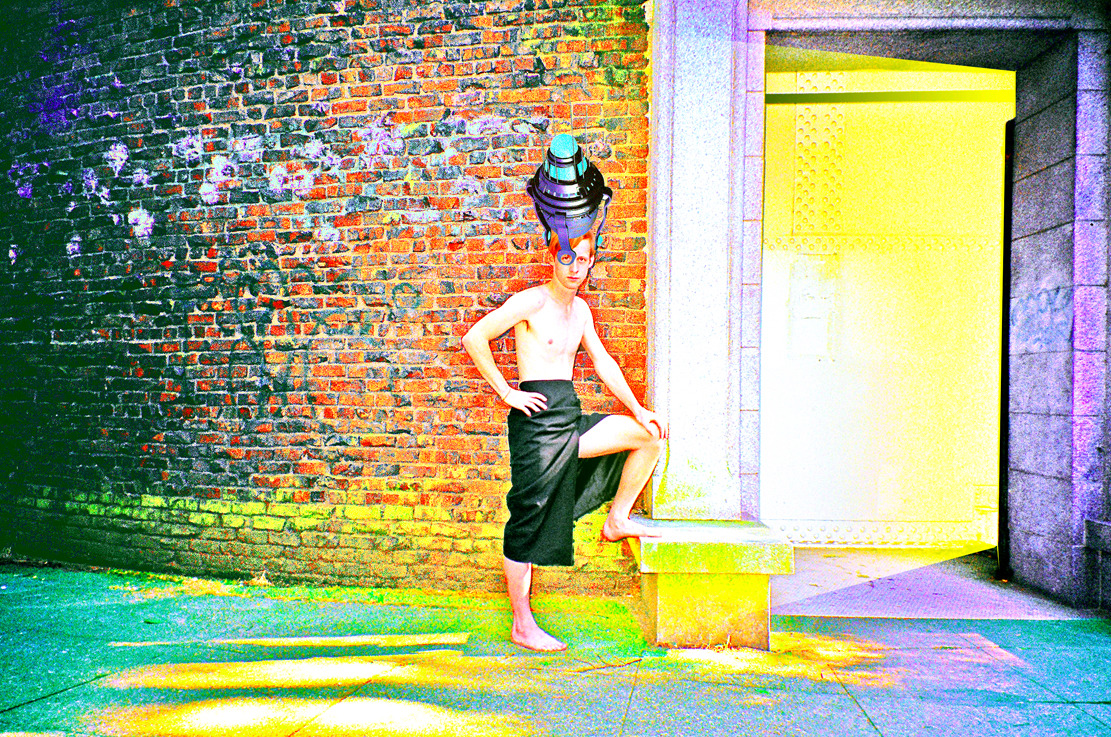
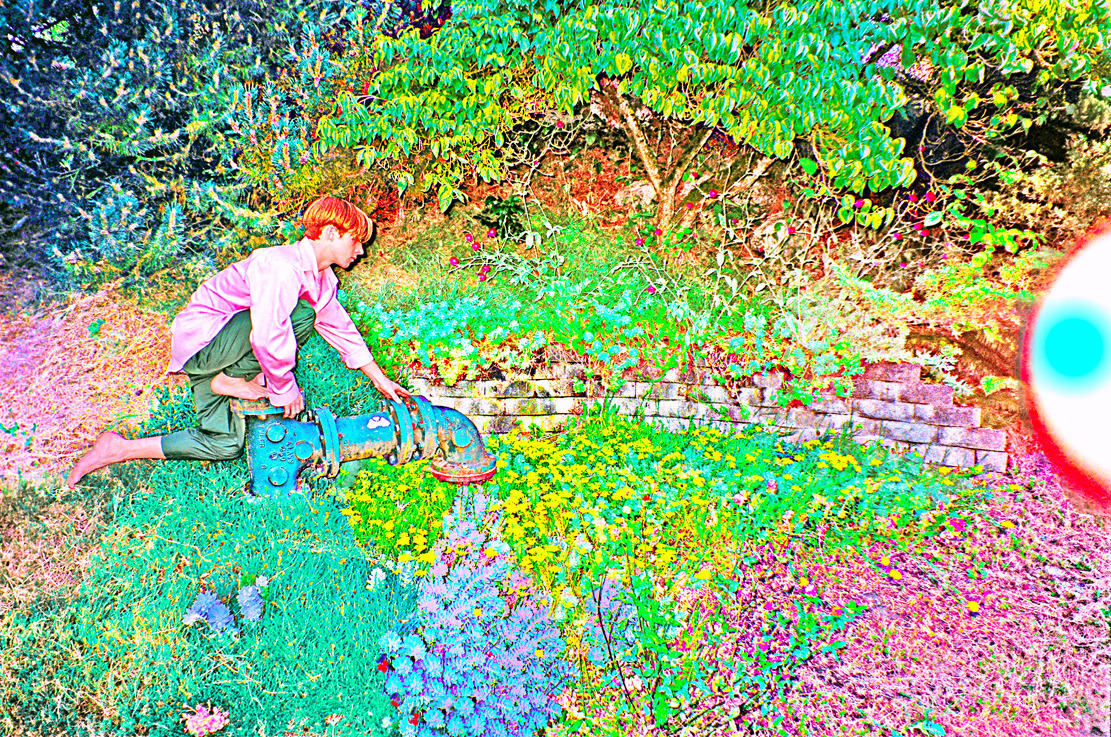
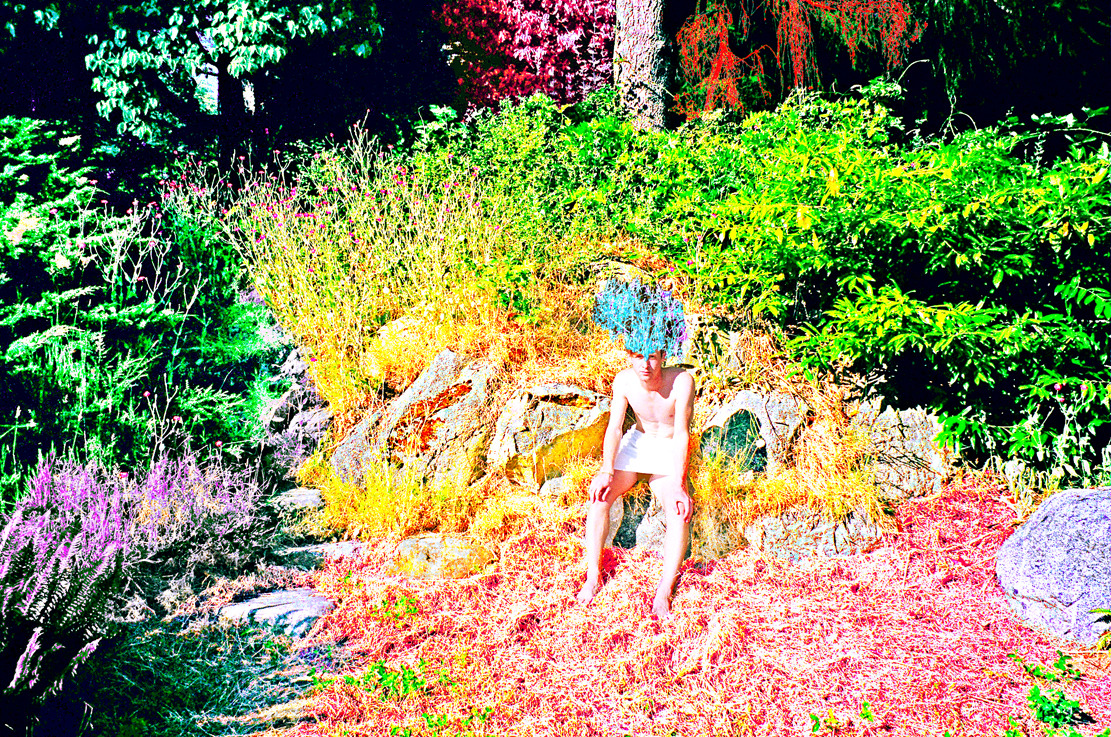
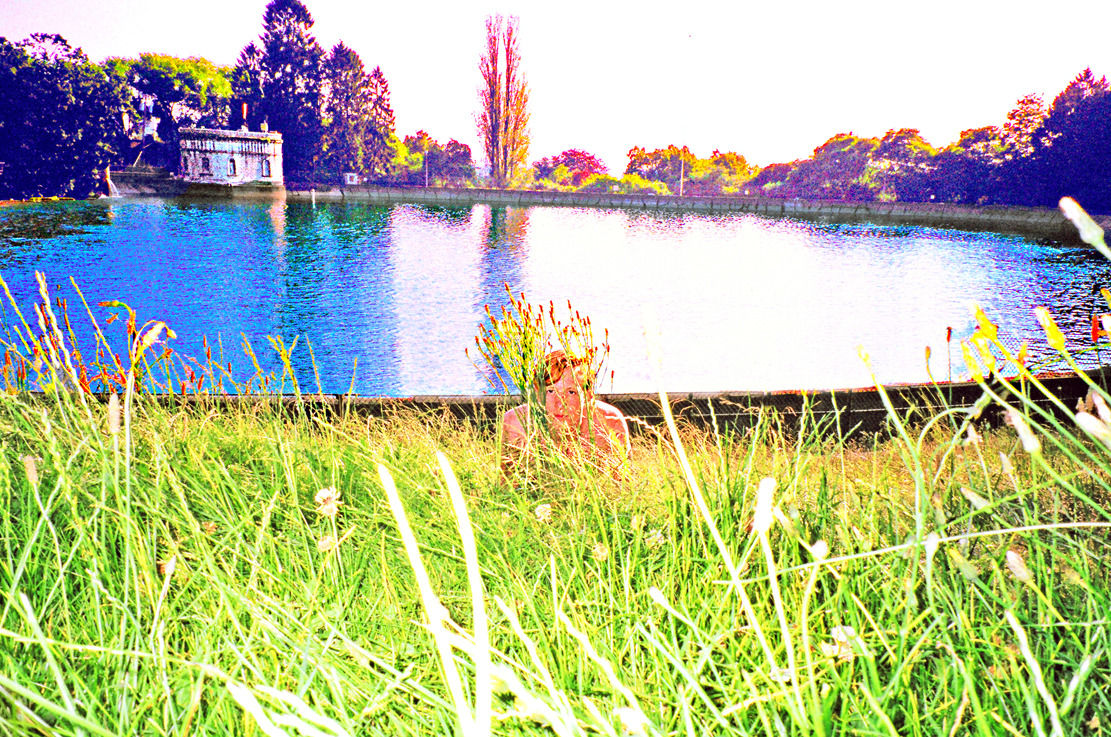
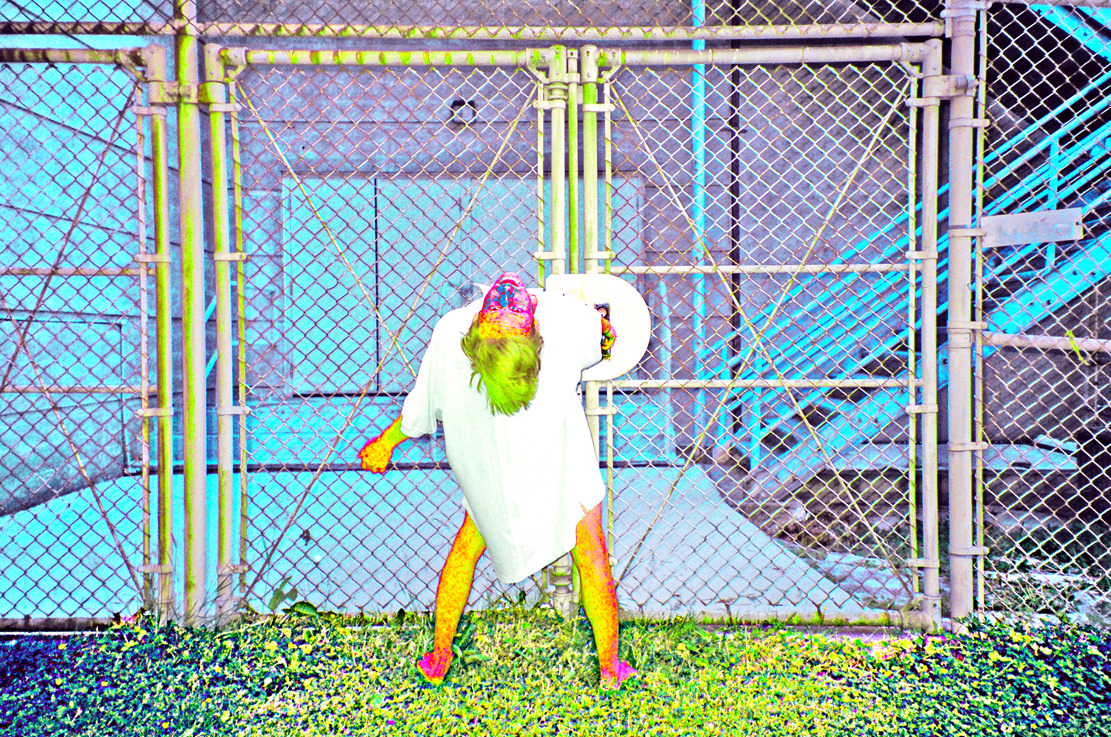
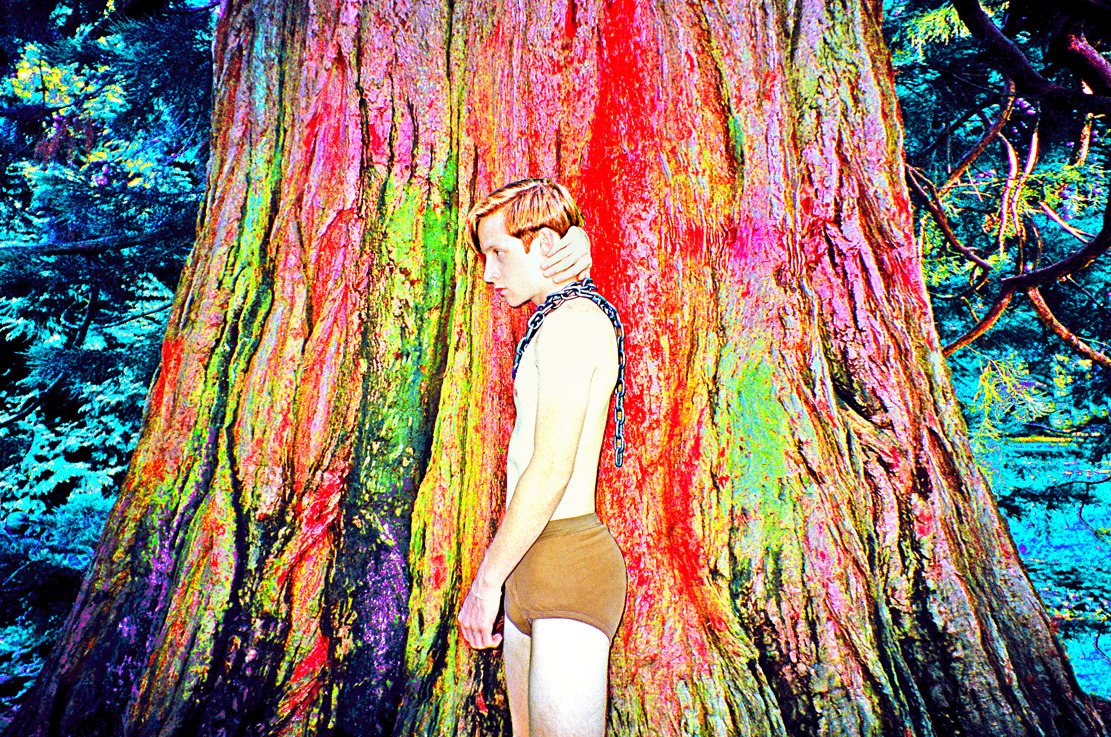
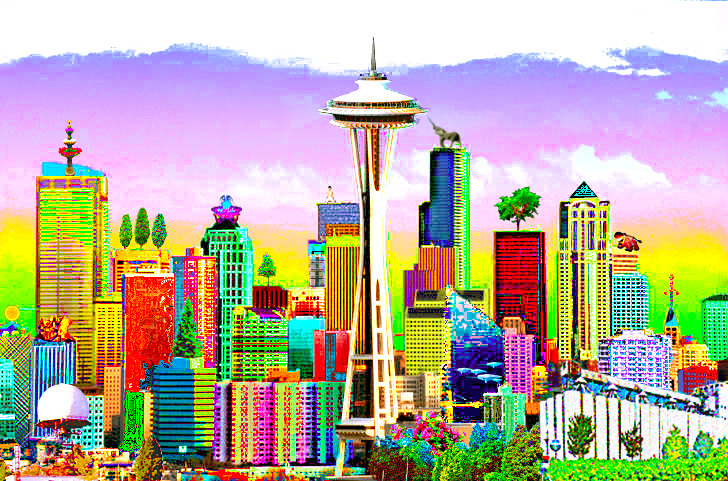
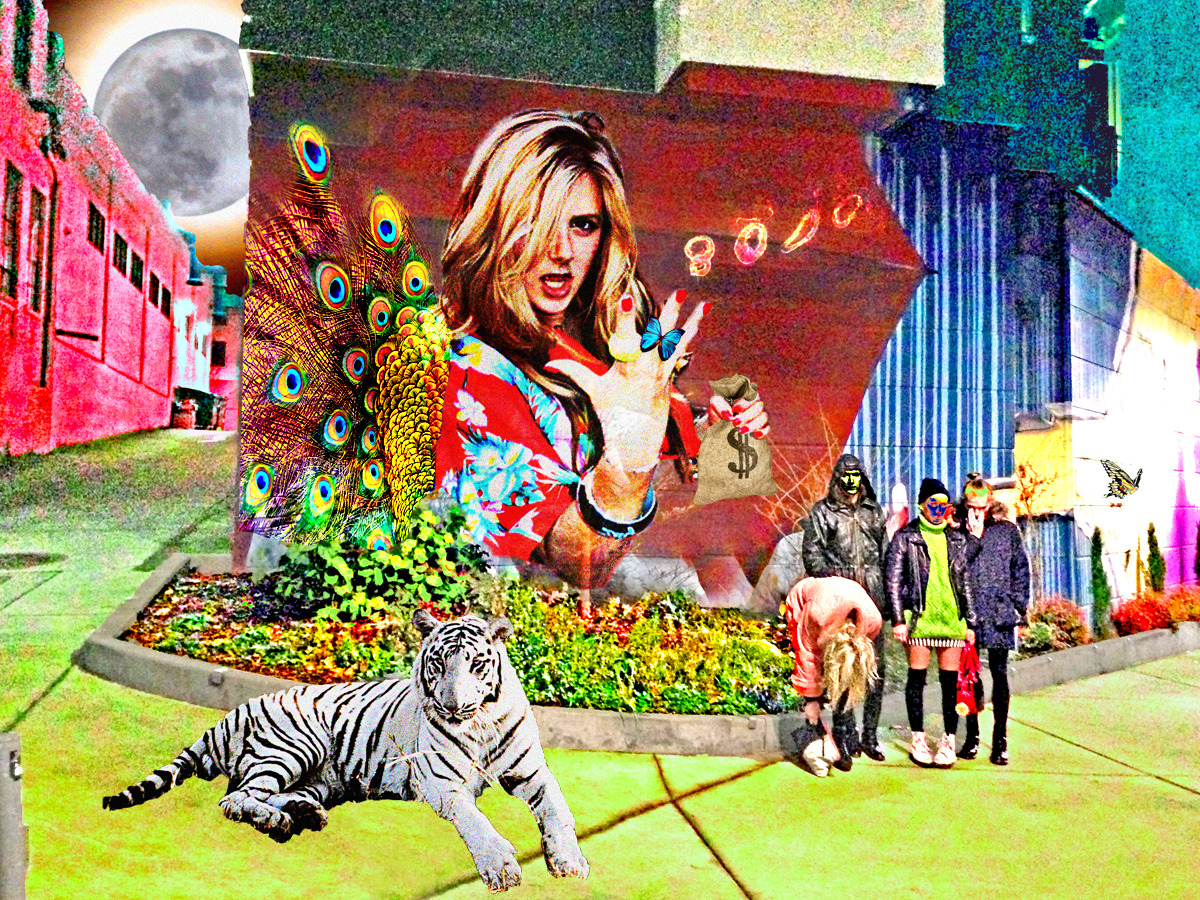
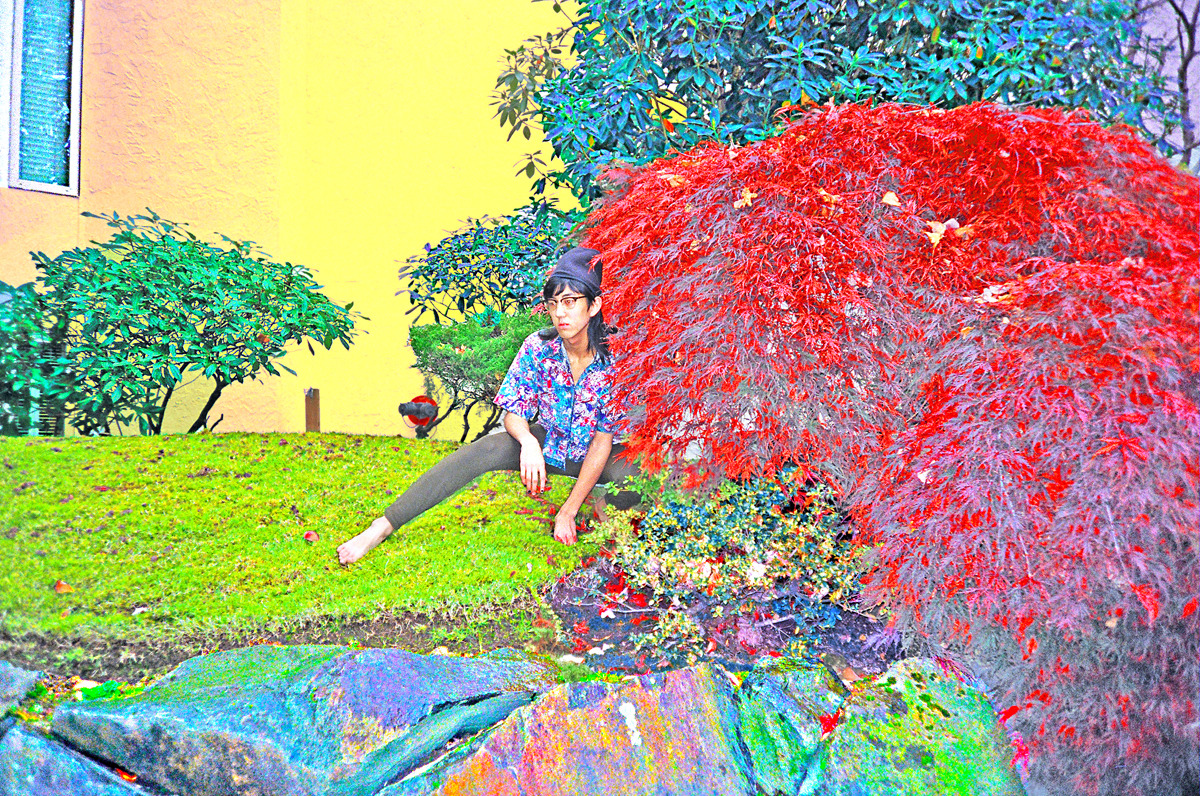
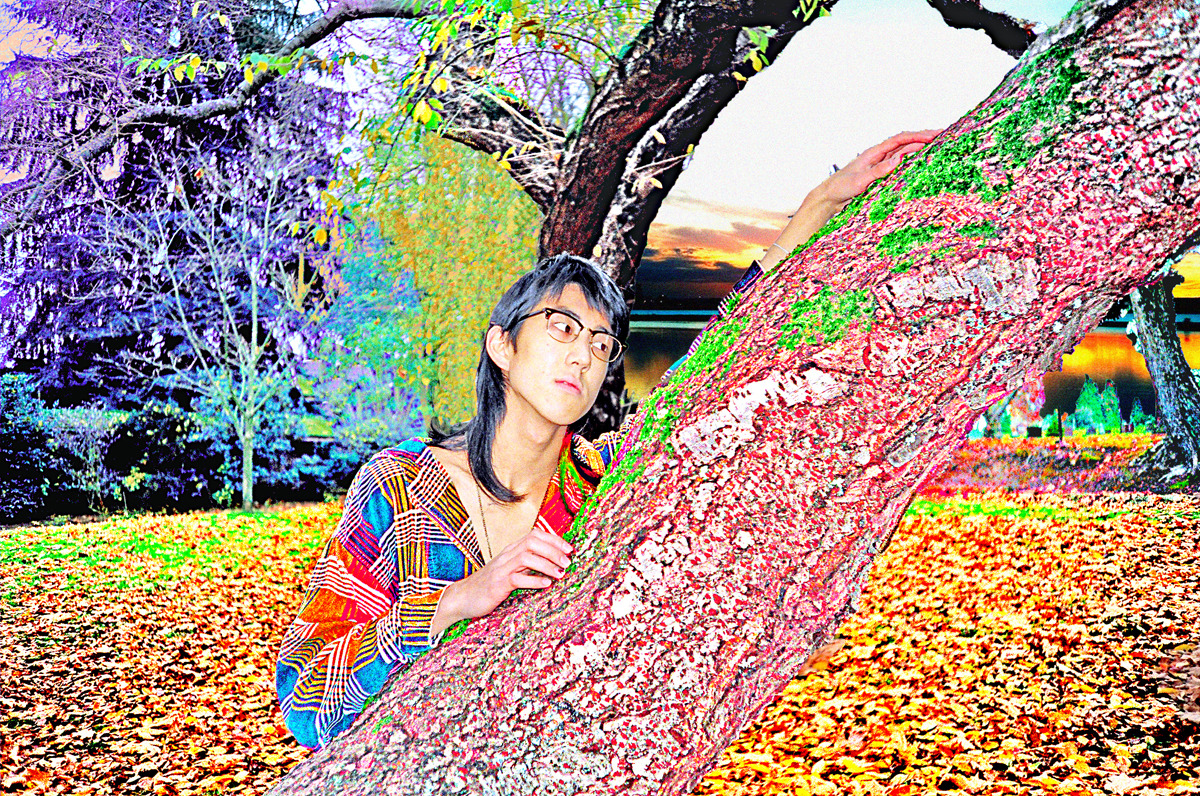
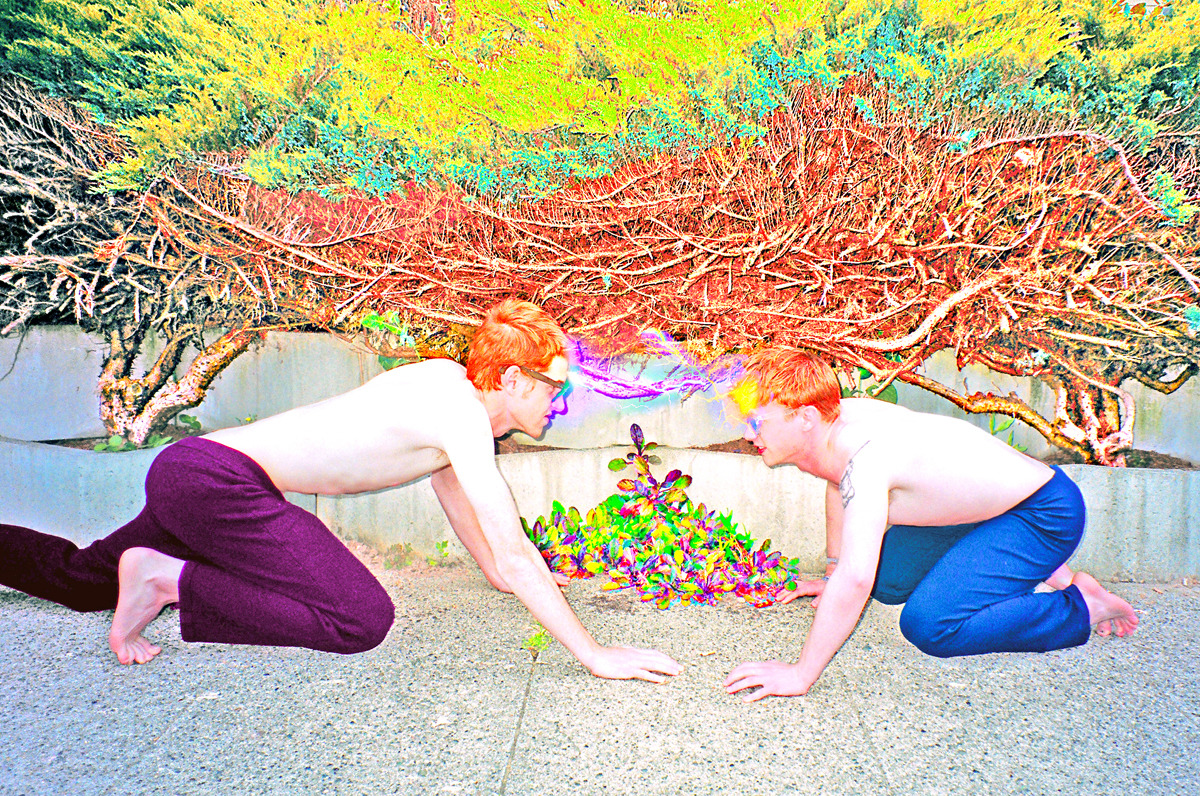
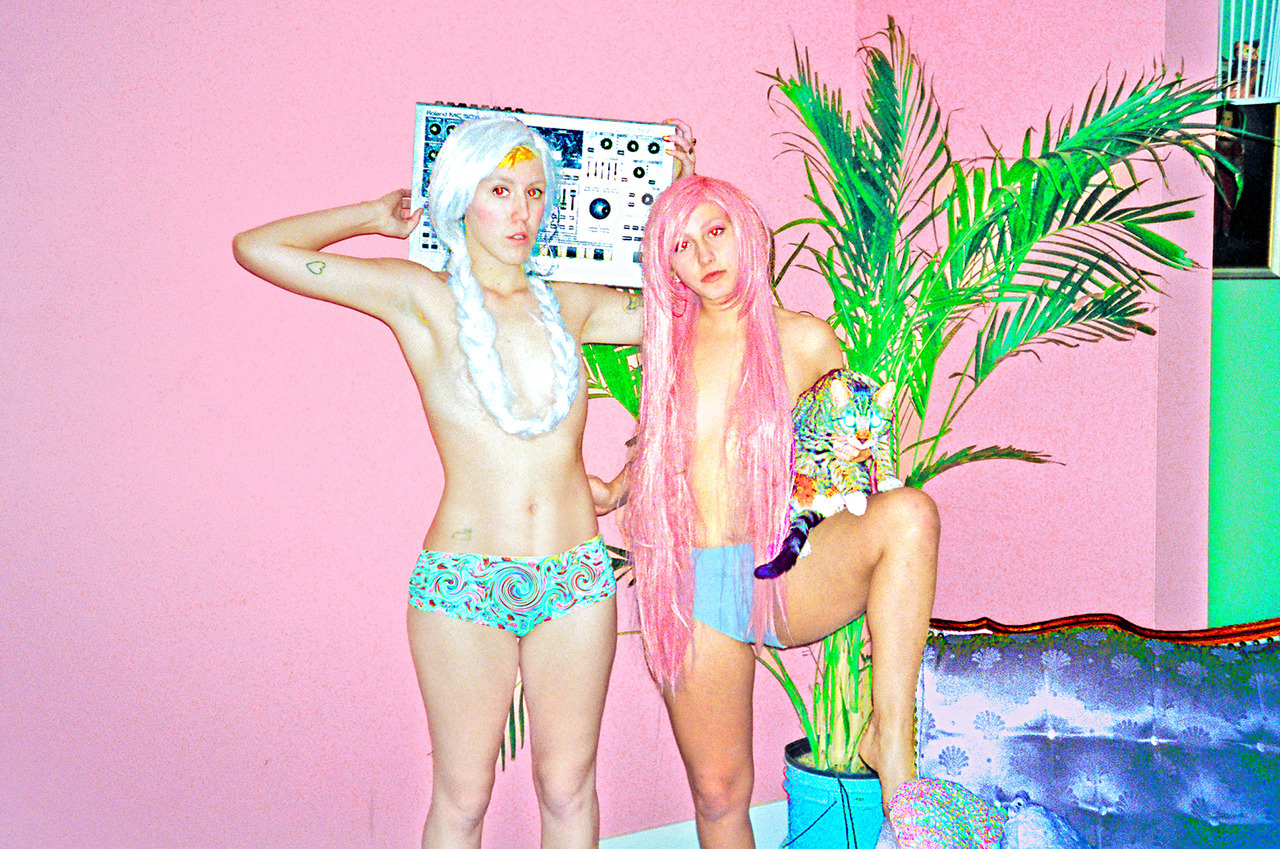
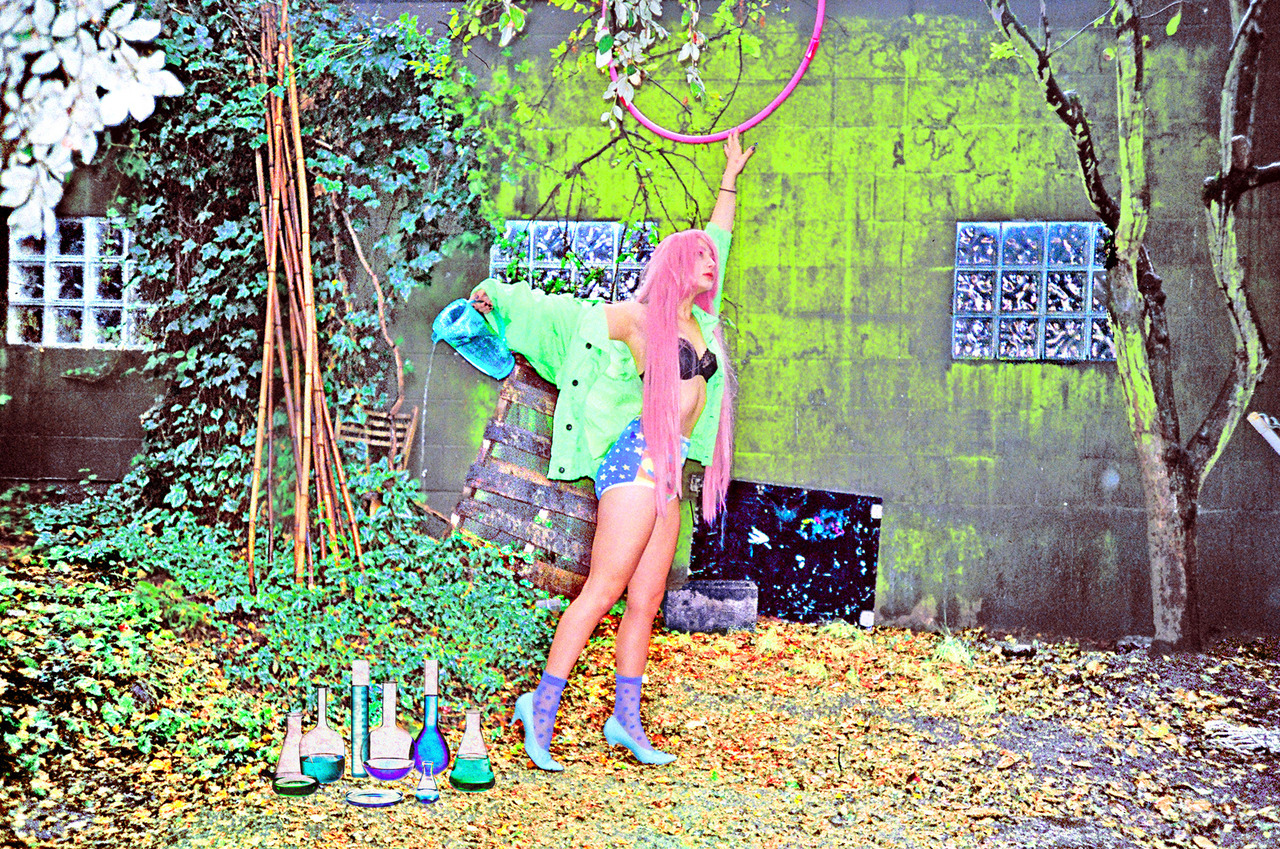
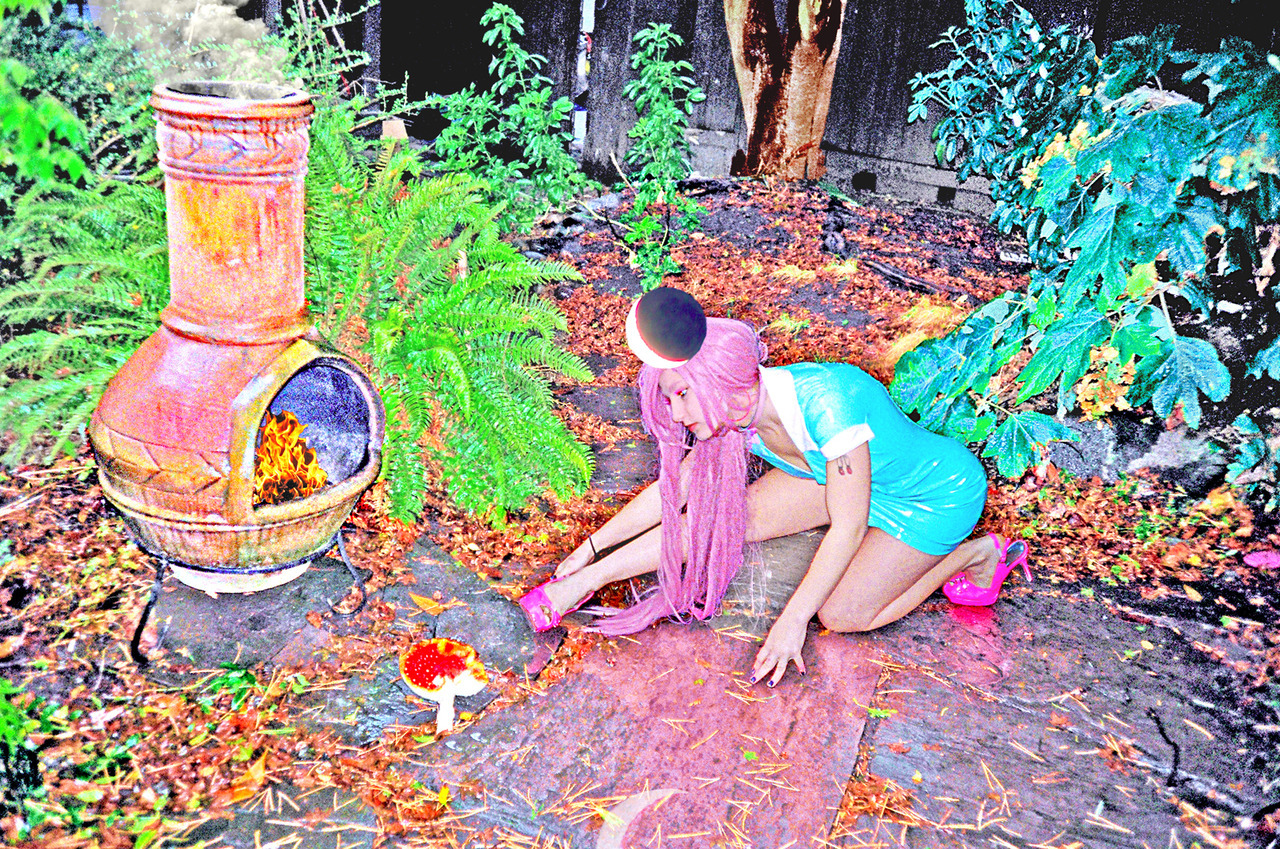
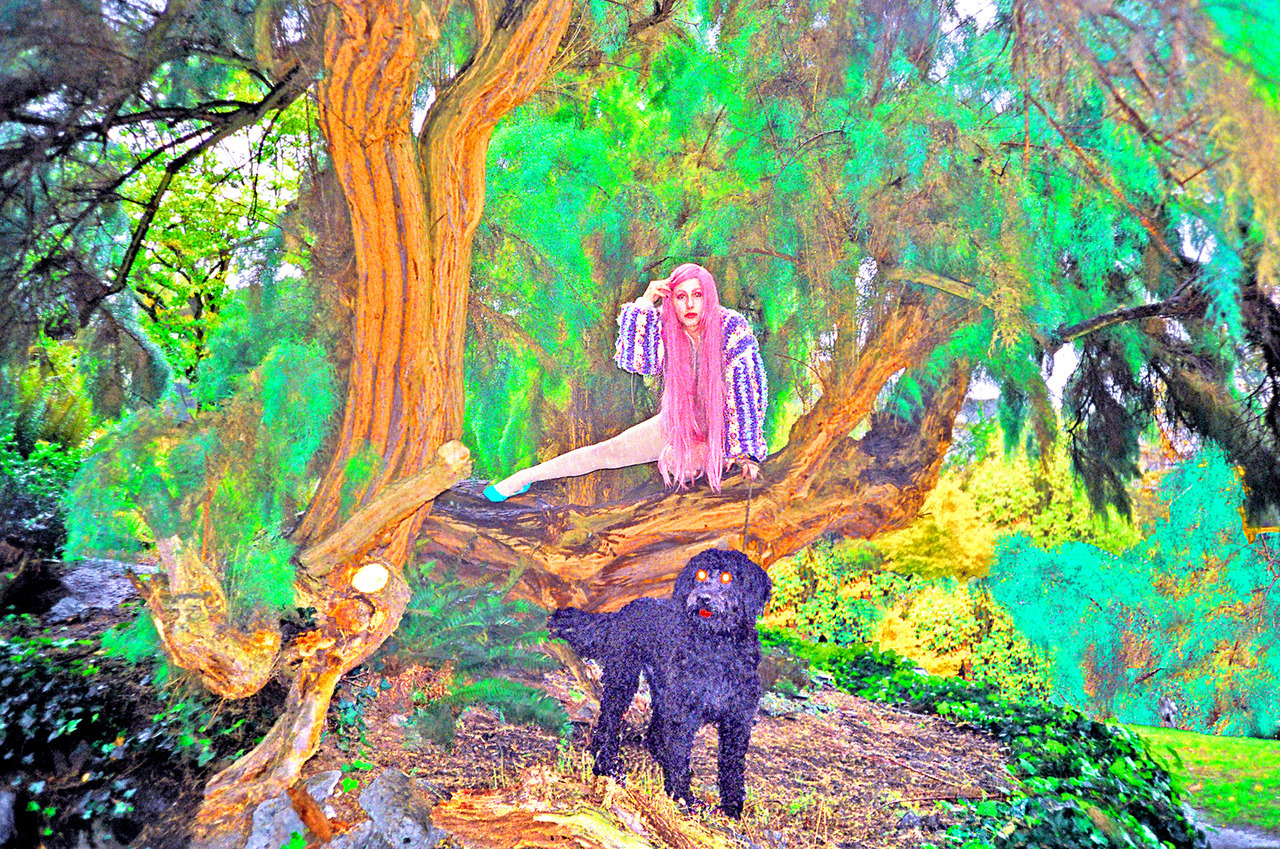
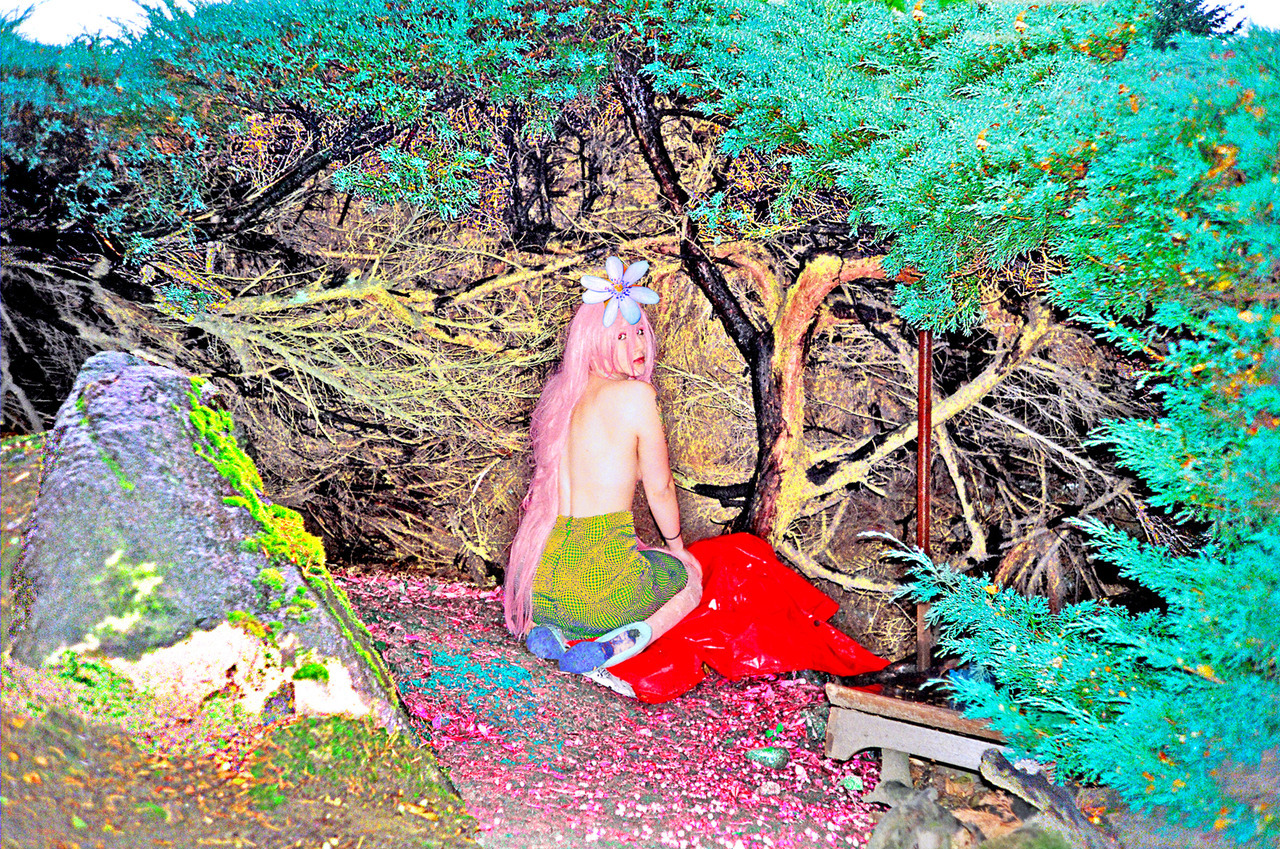
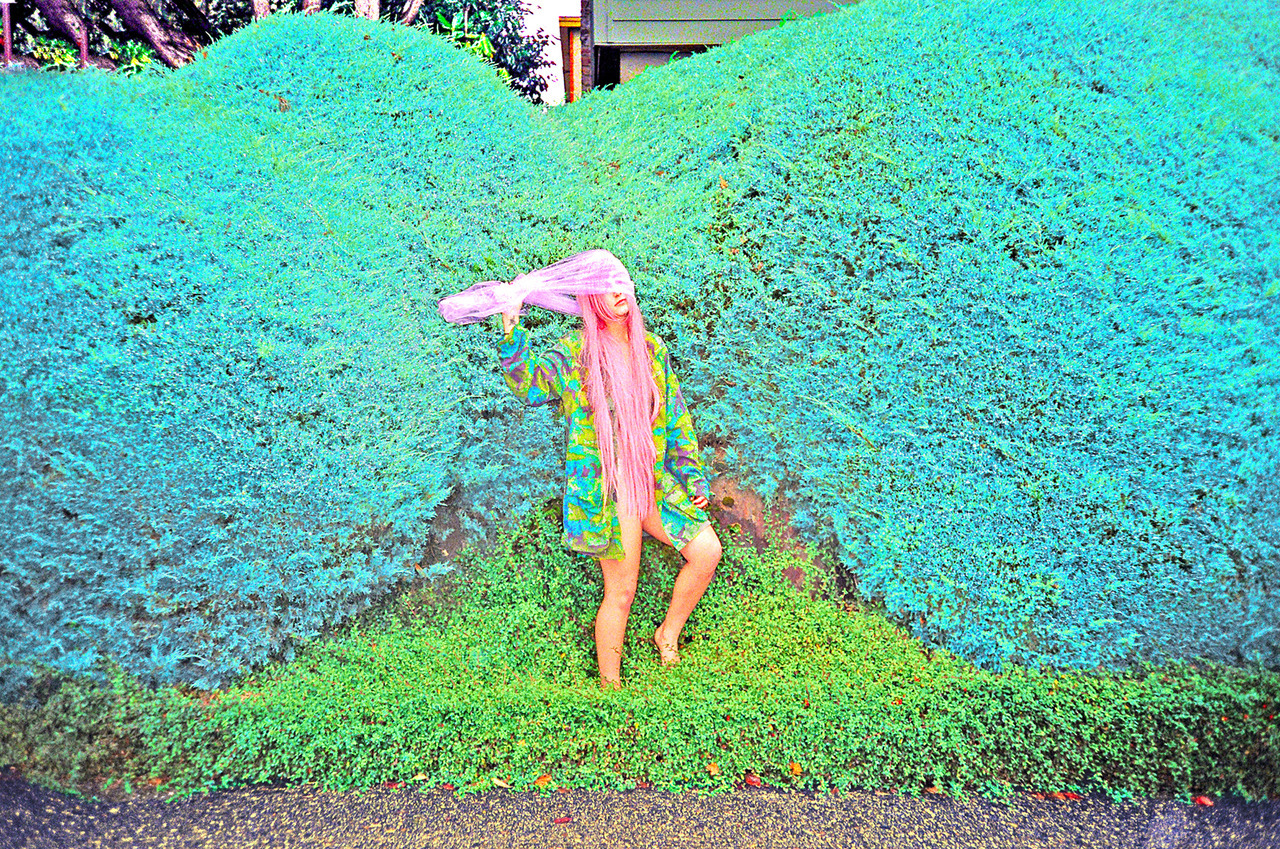
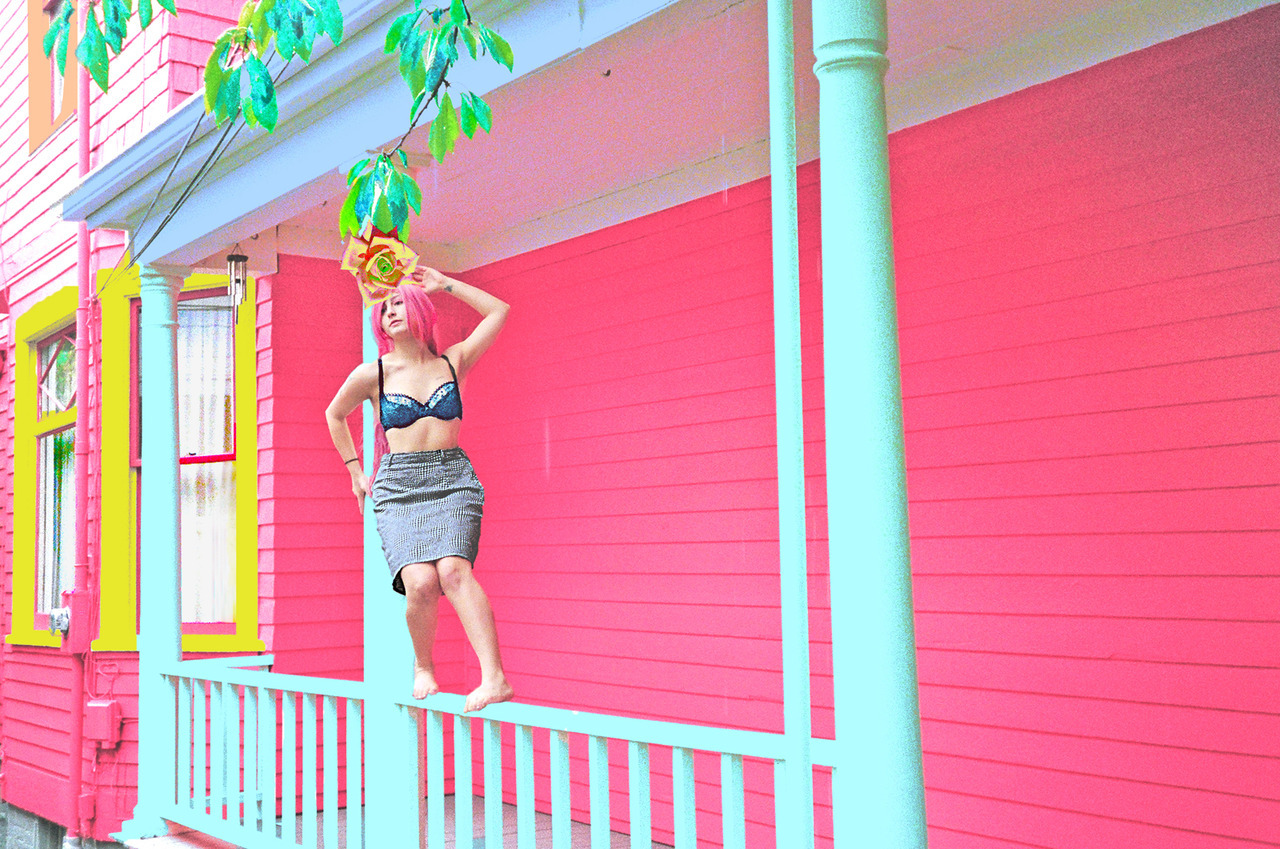
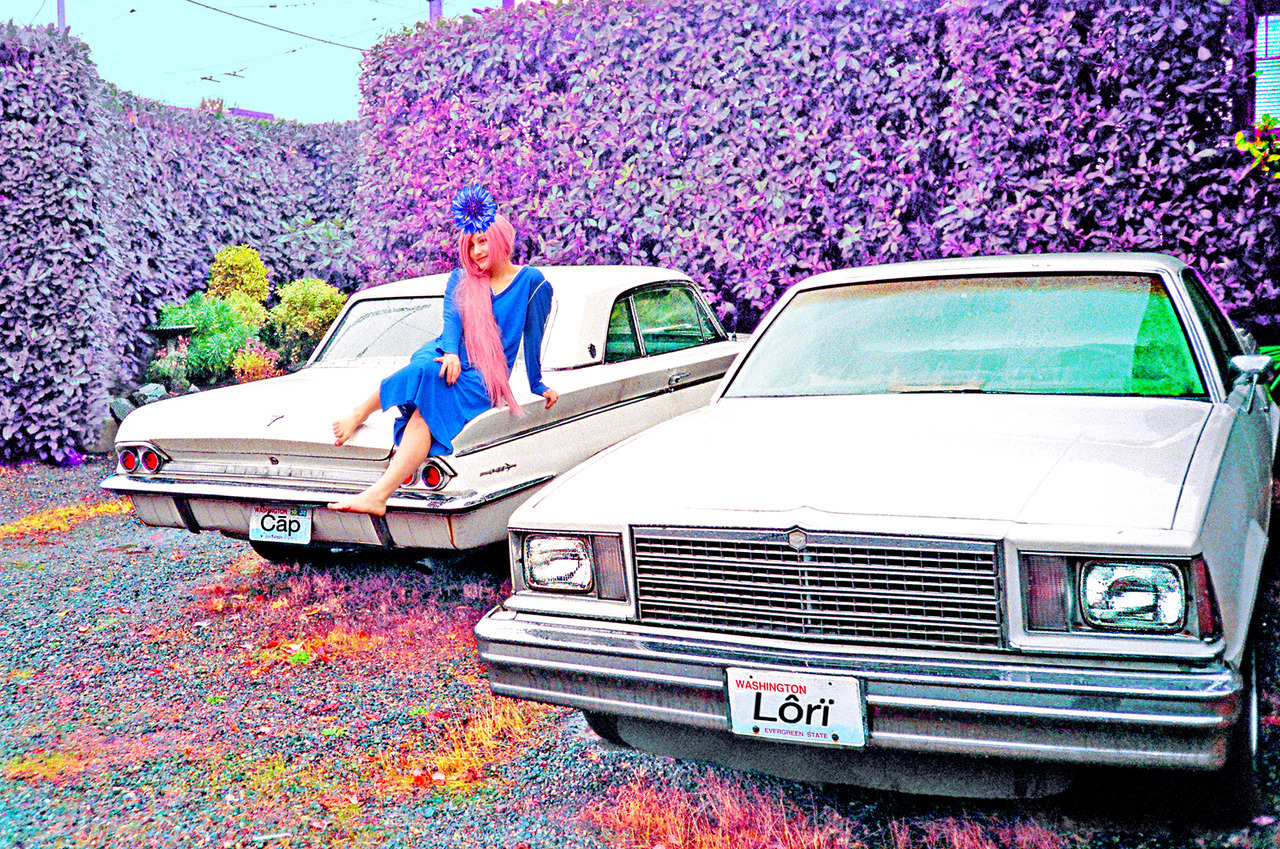
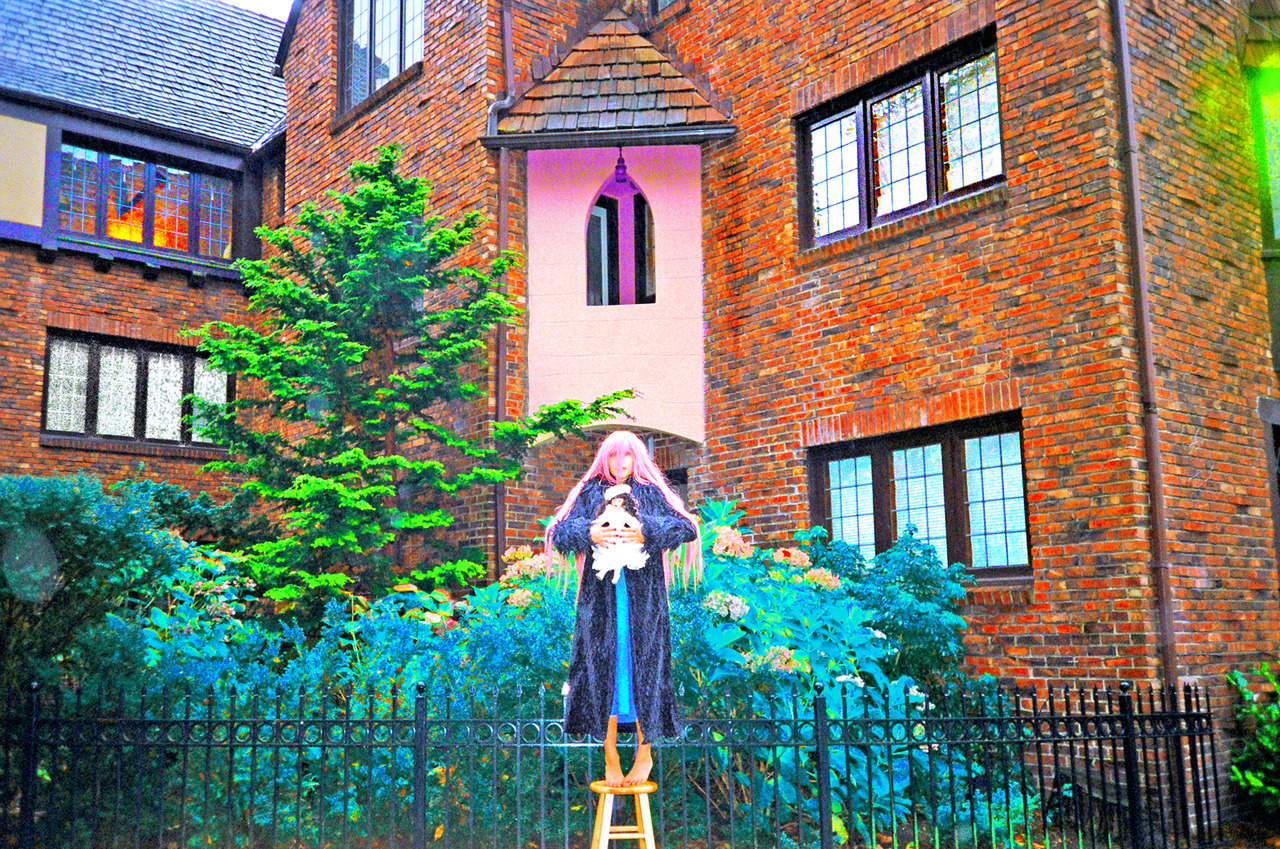
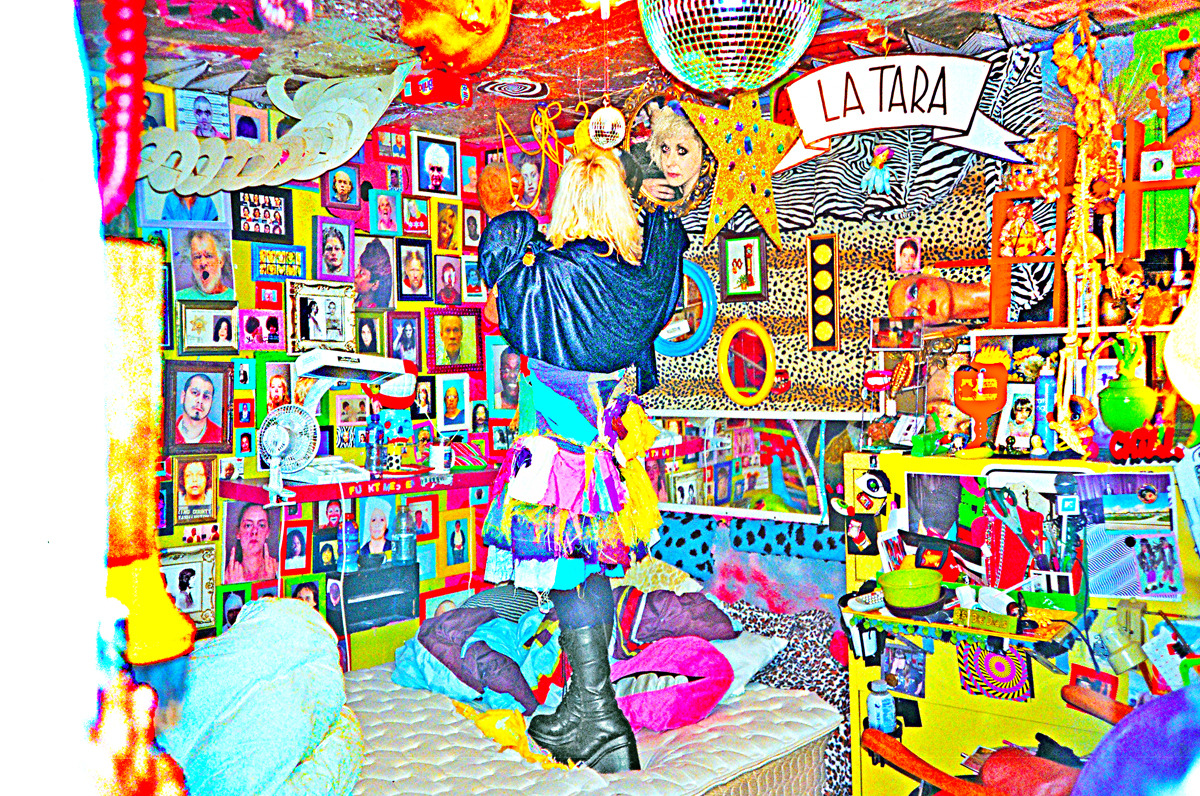
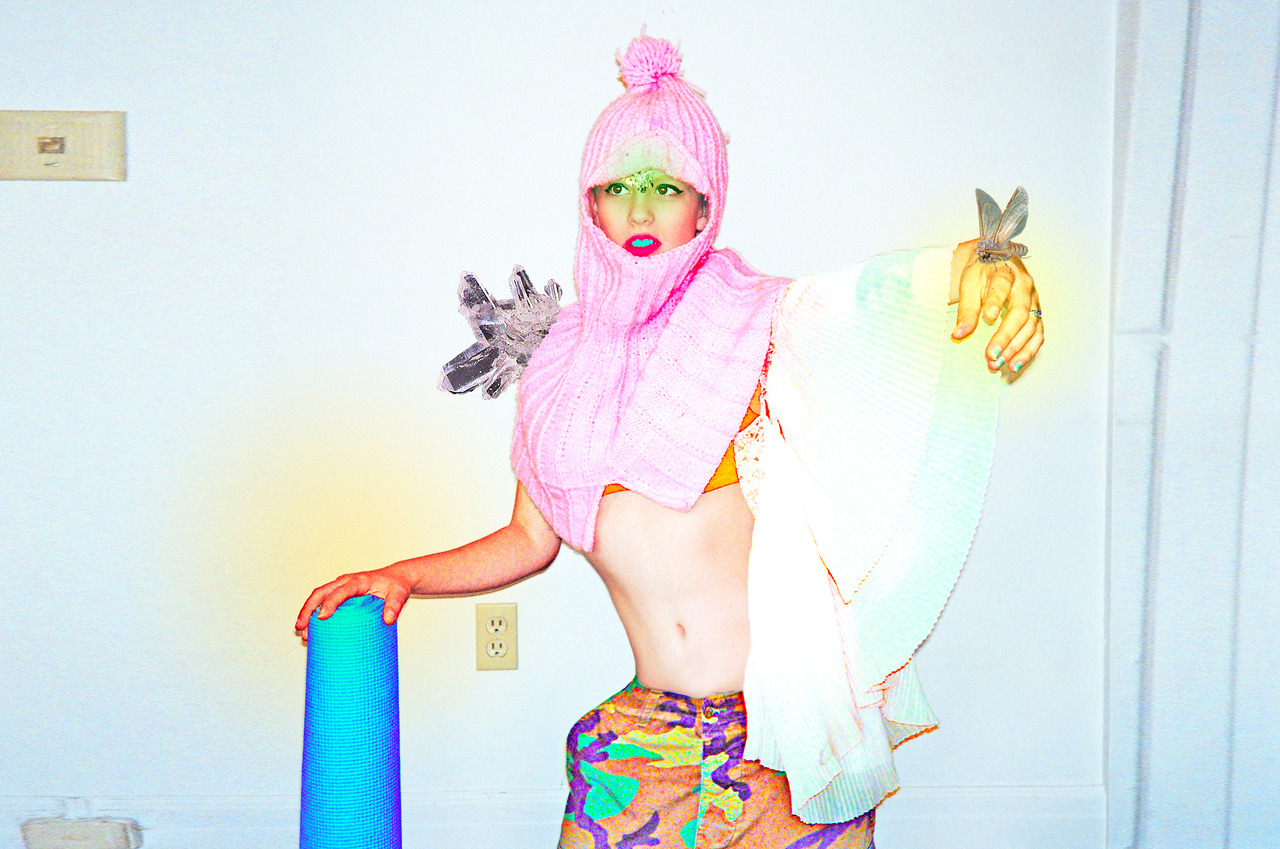
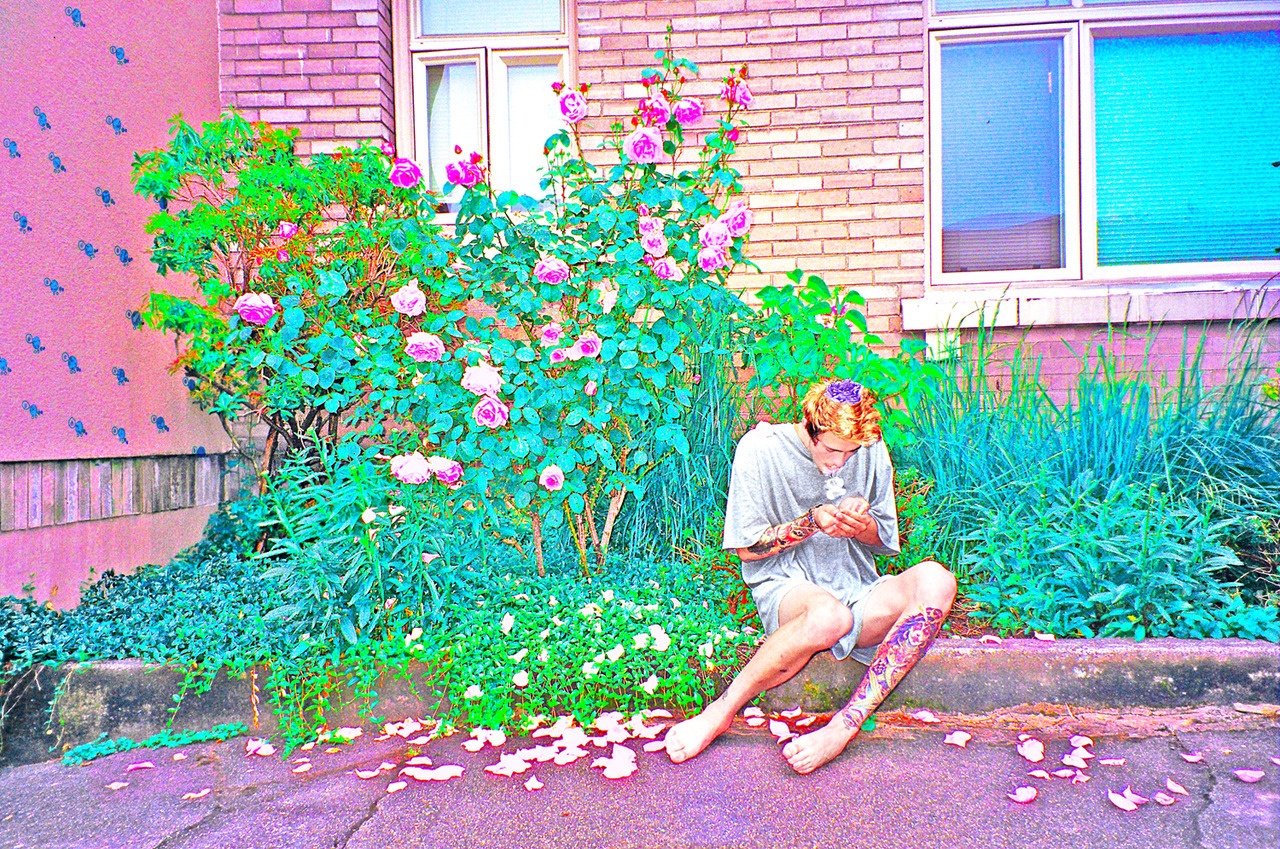
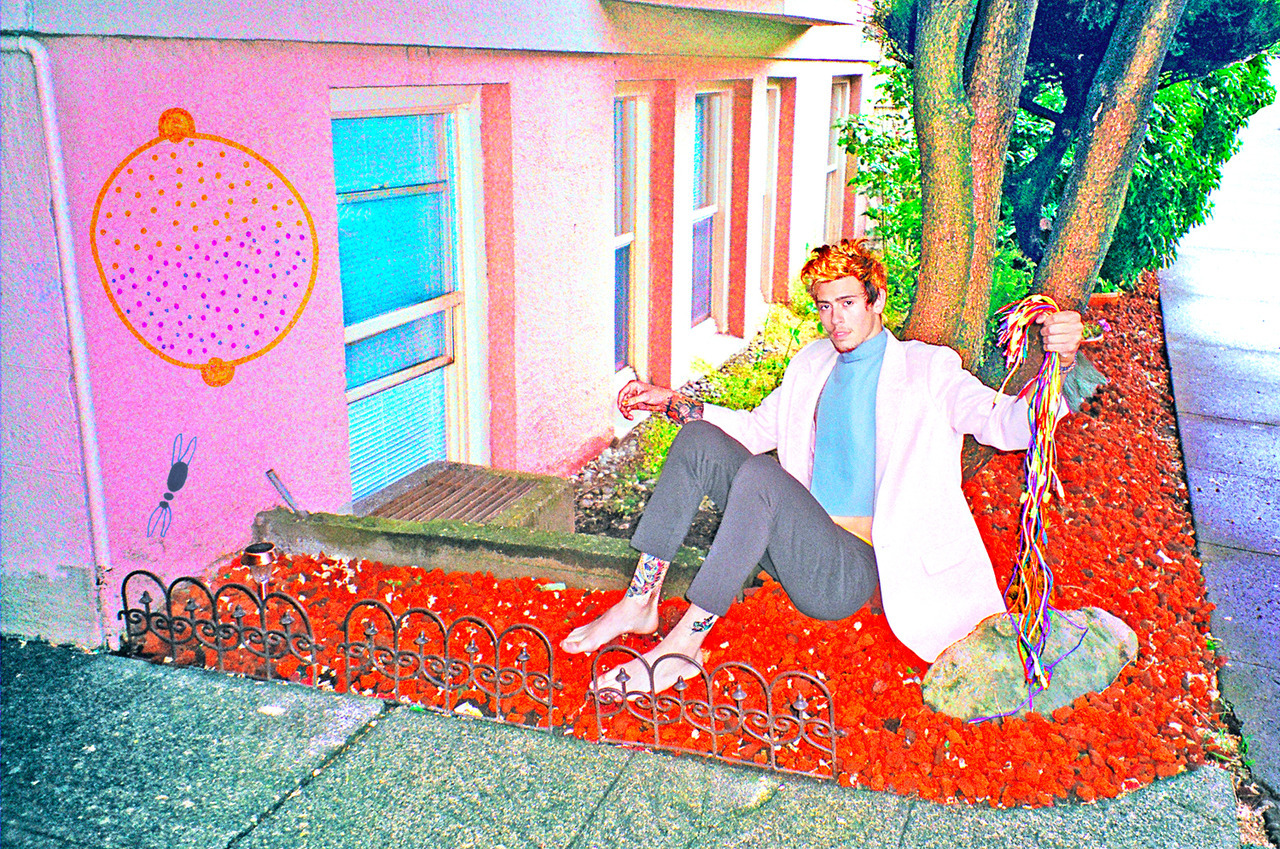
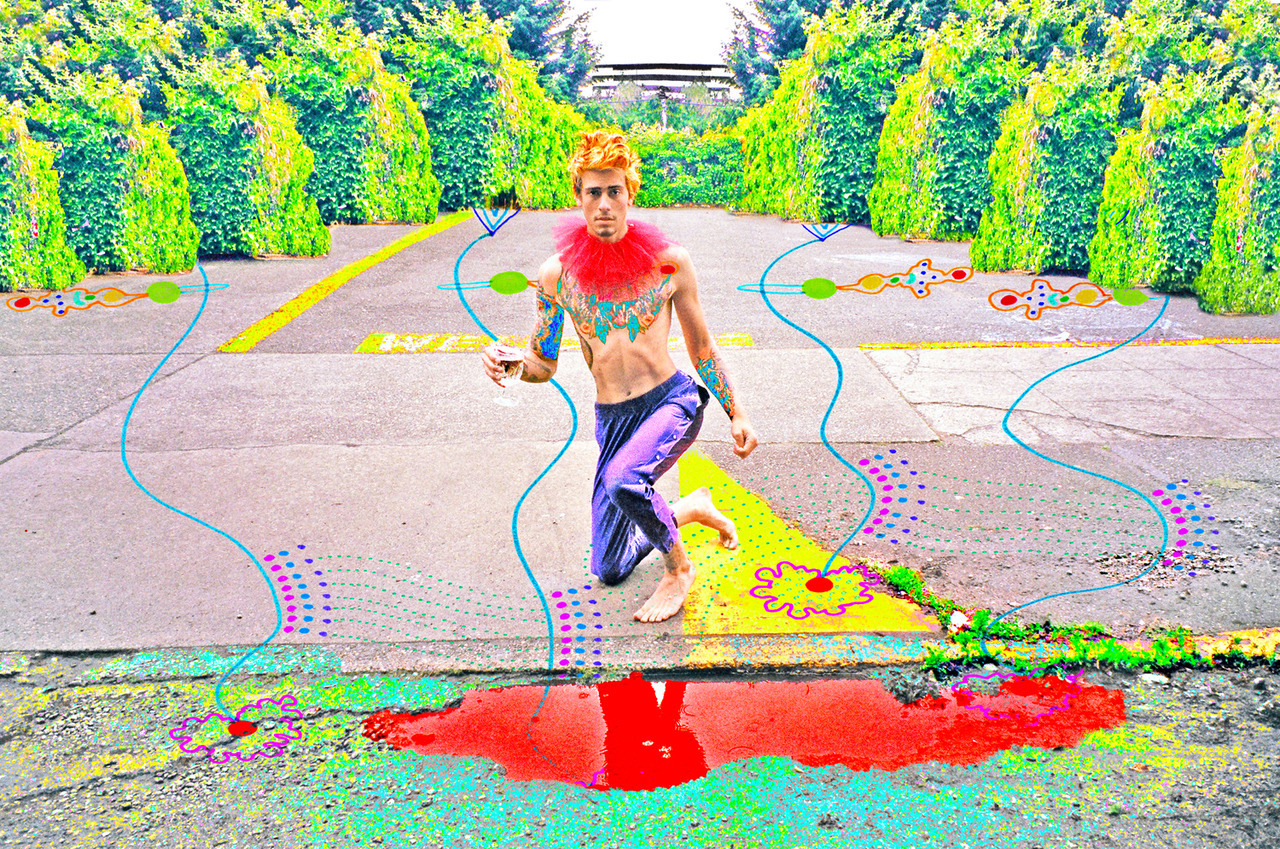
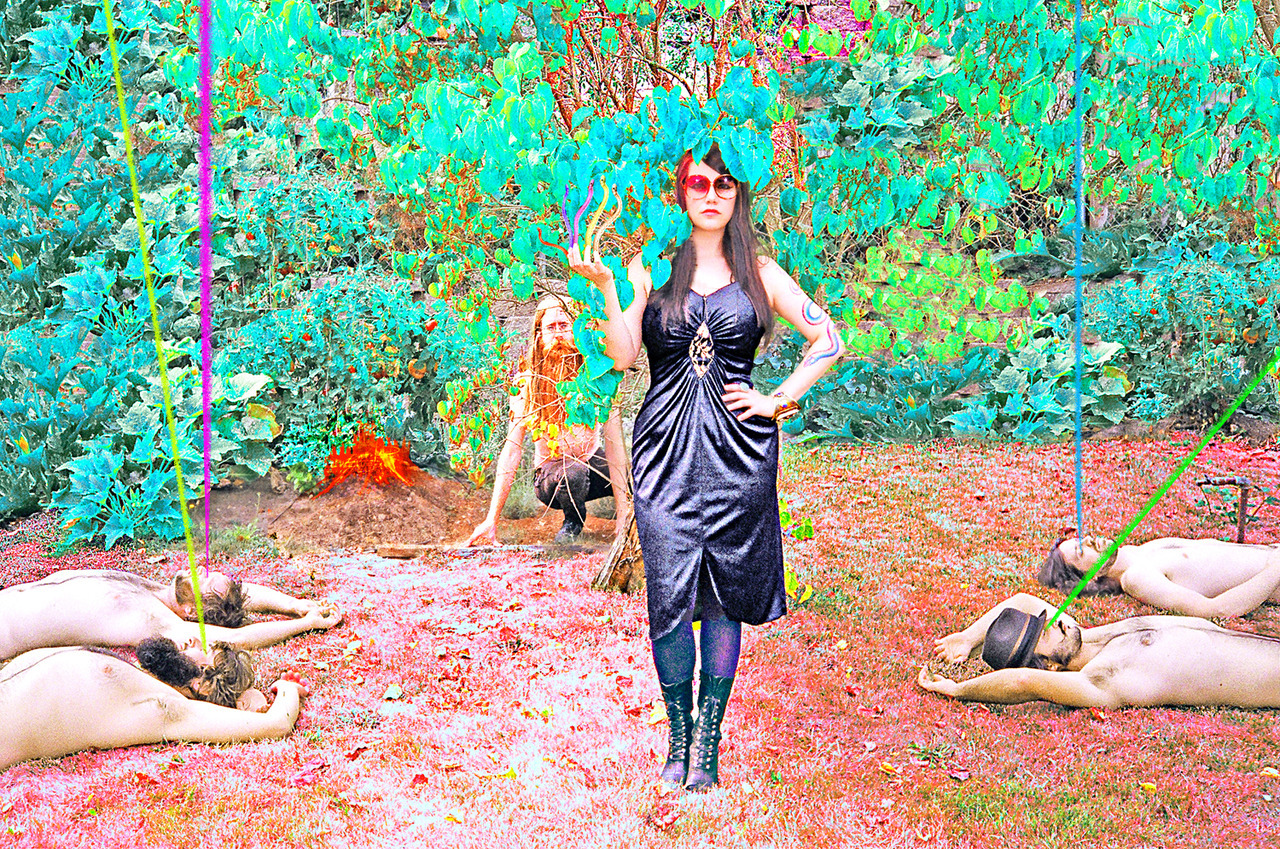
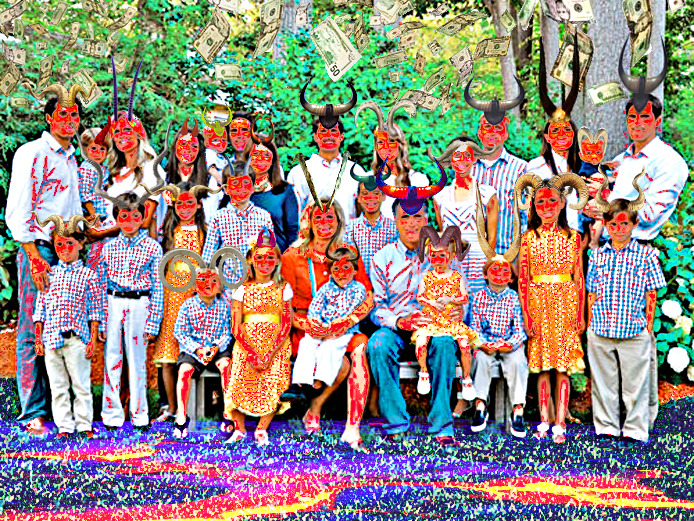
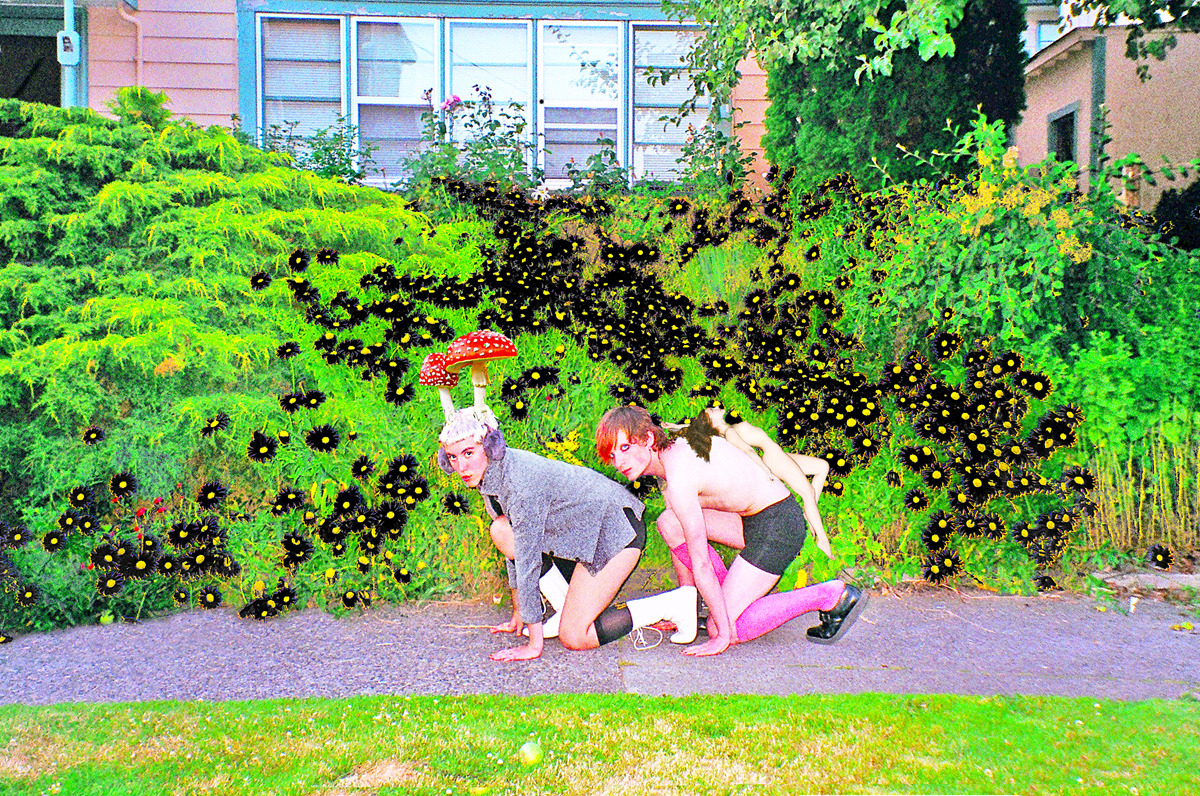
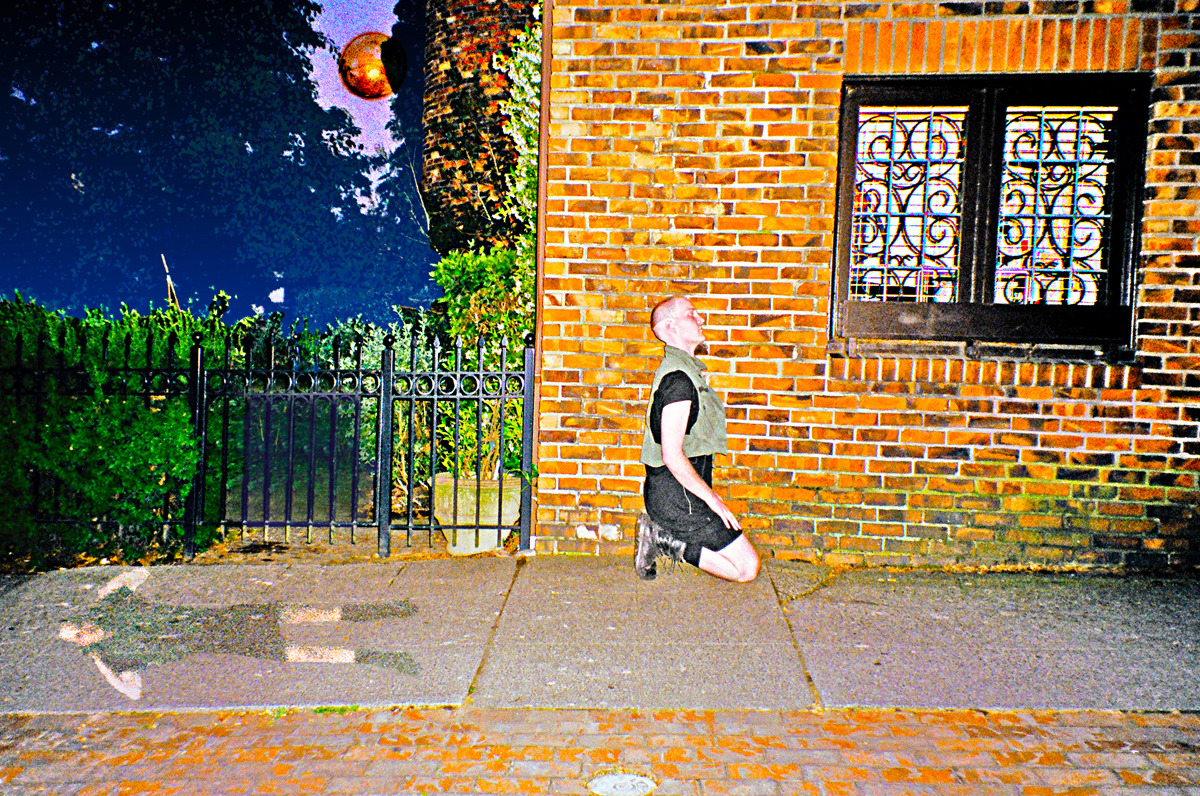

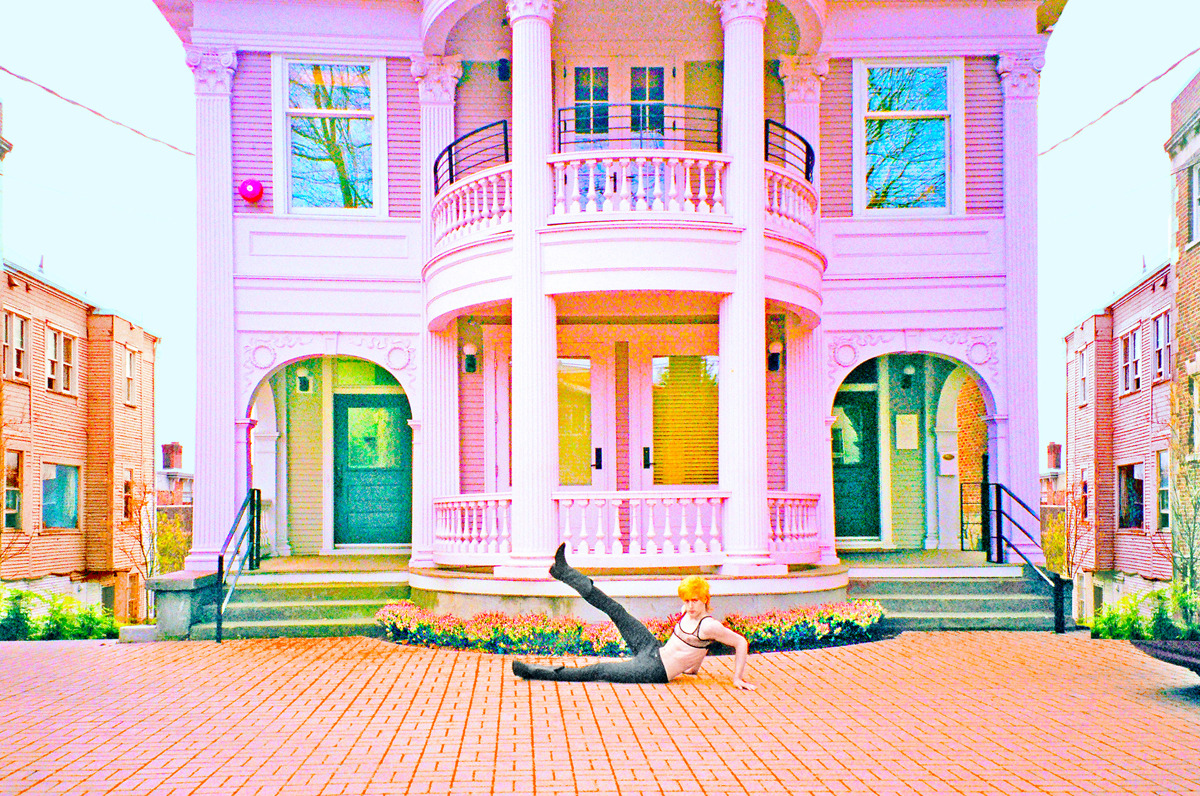
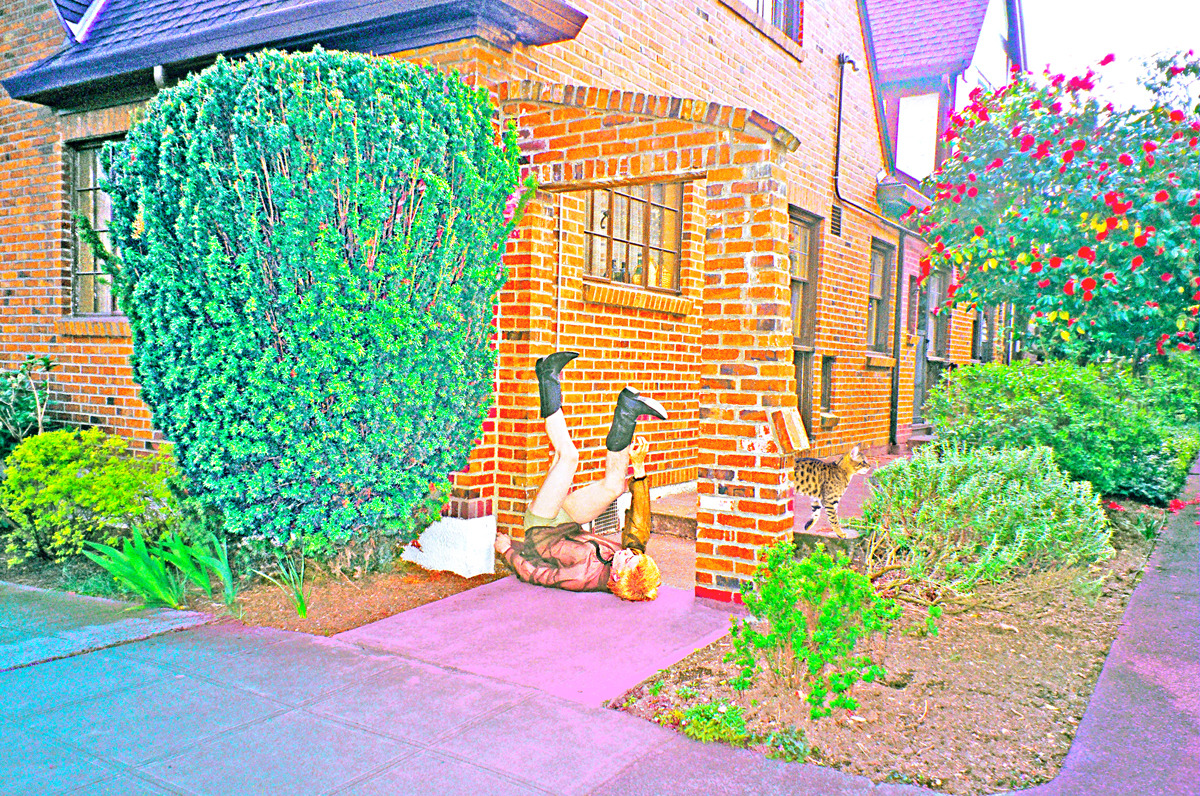
Nema komentara:
Objavi komentar